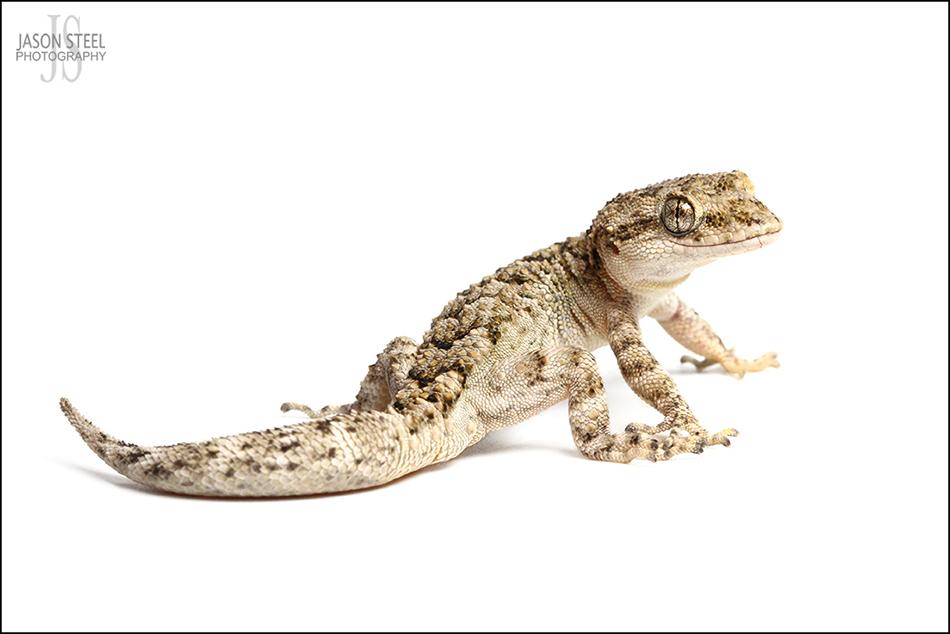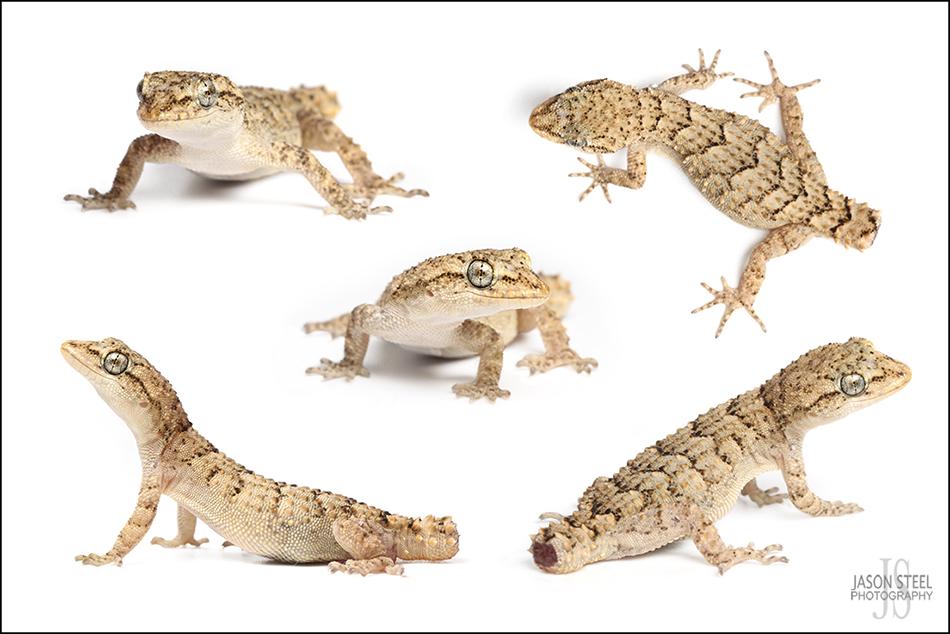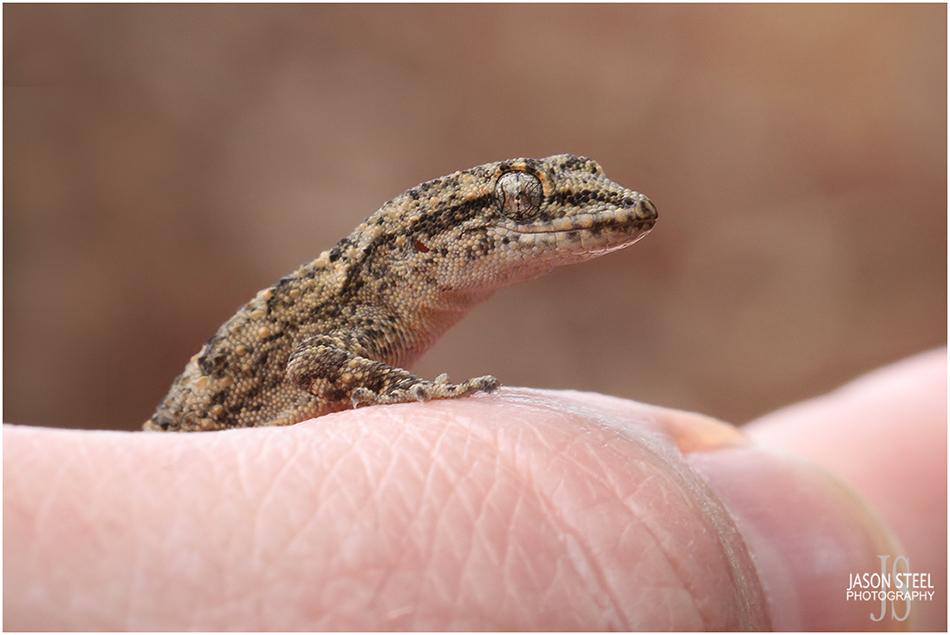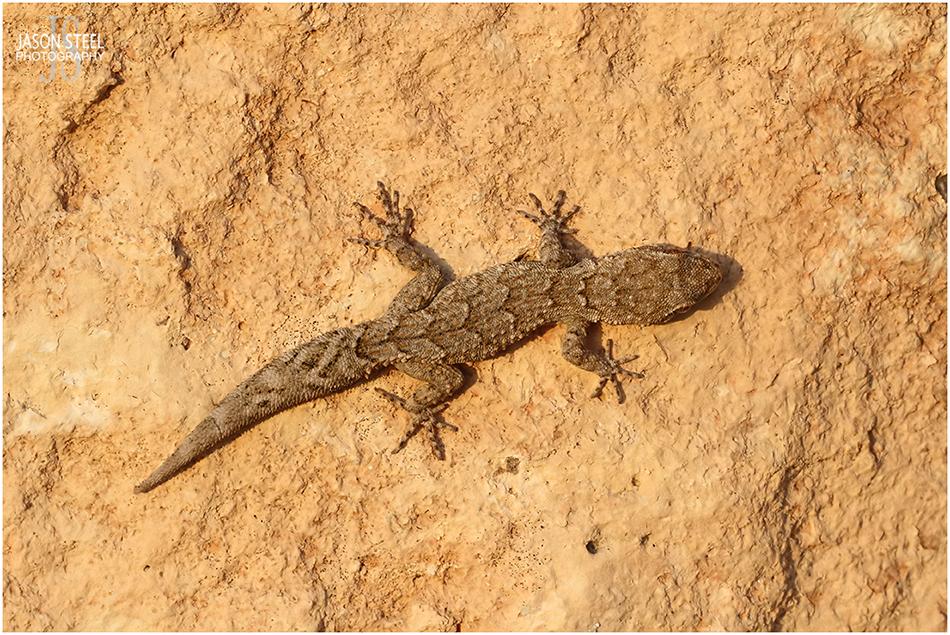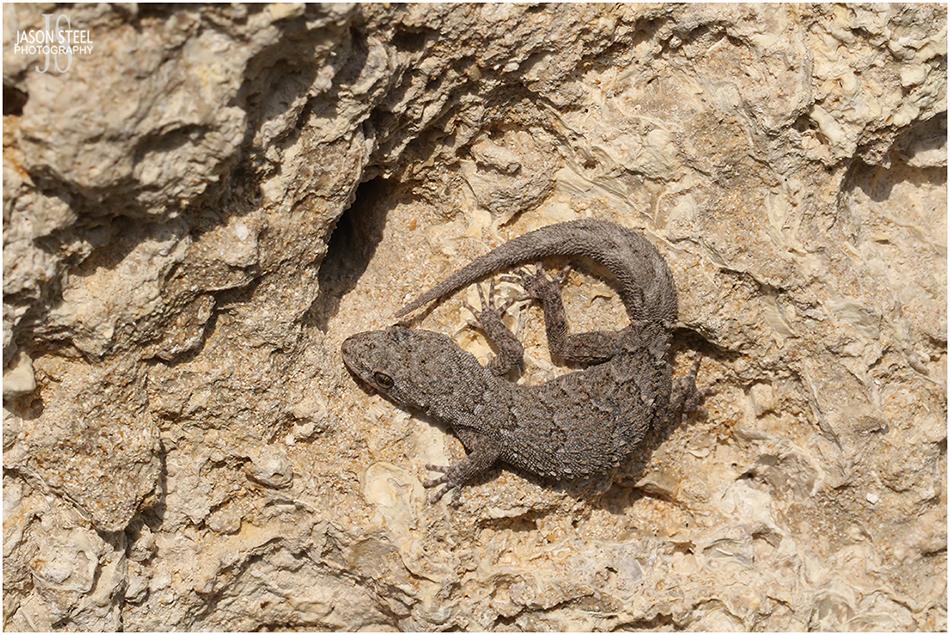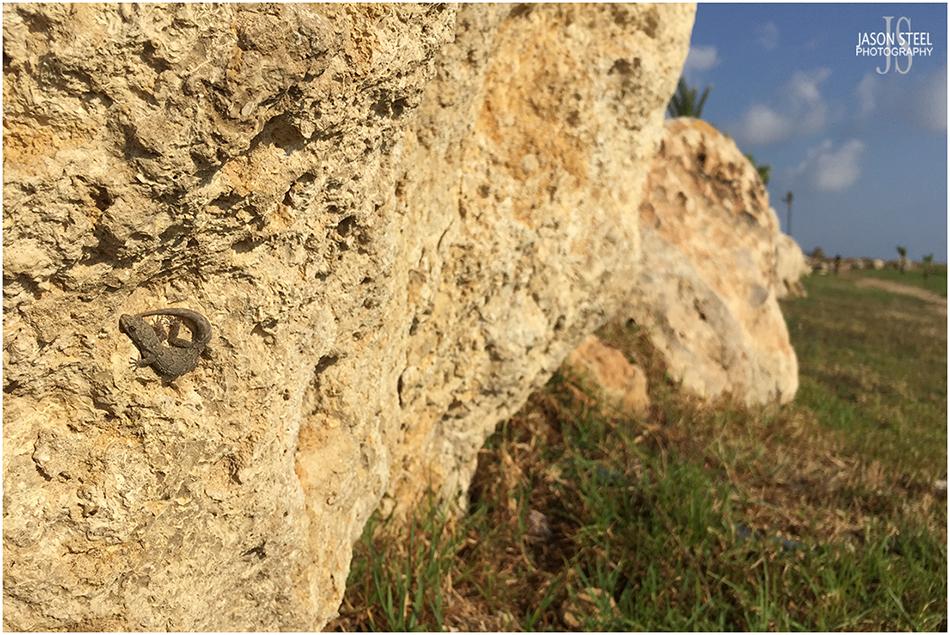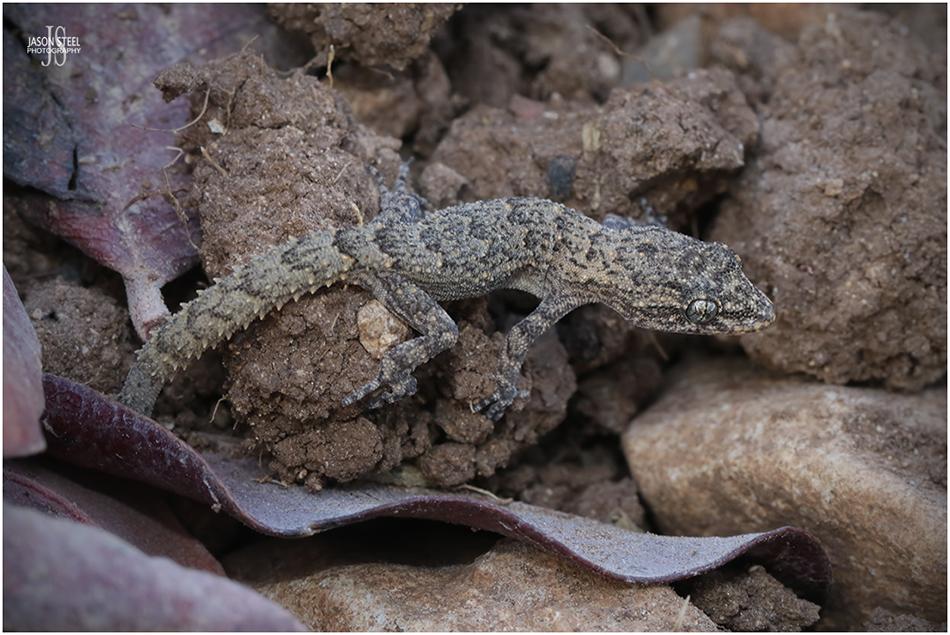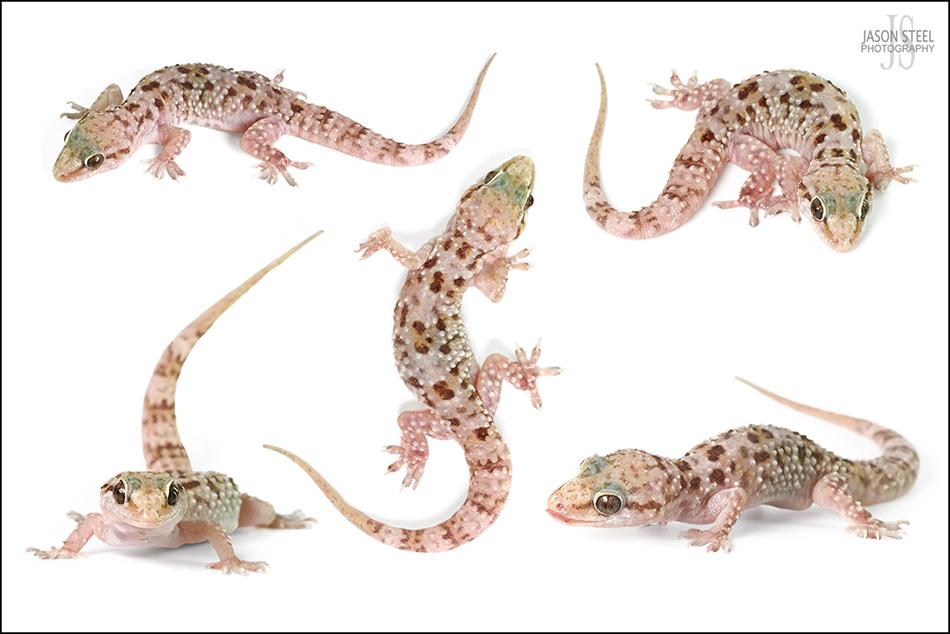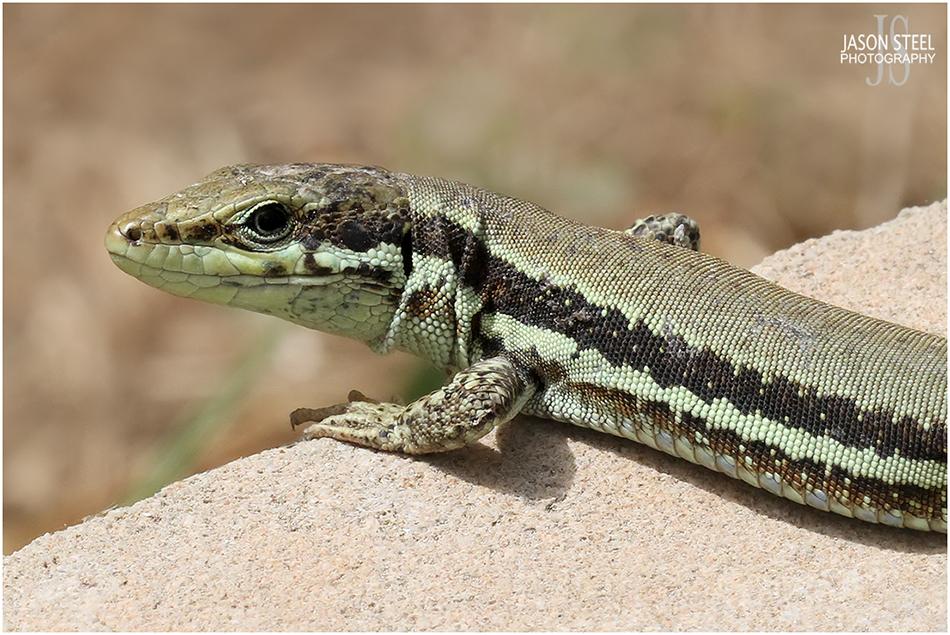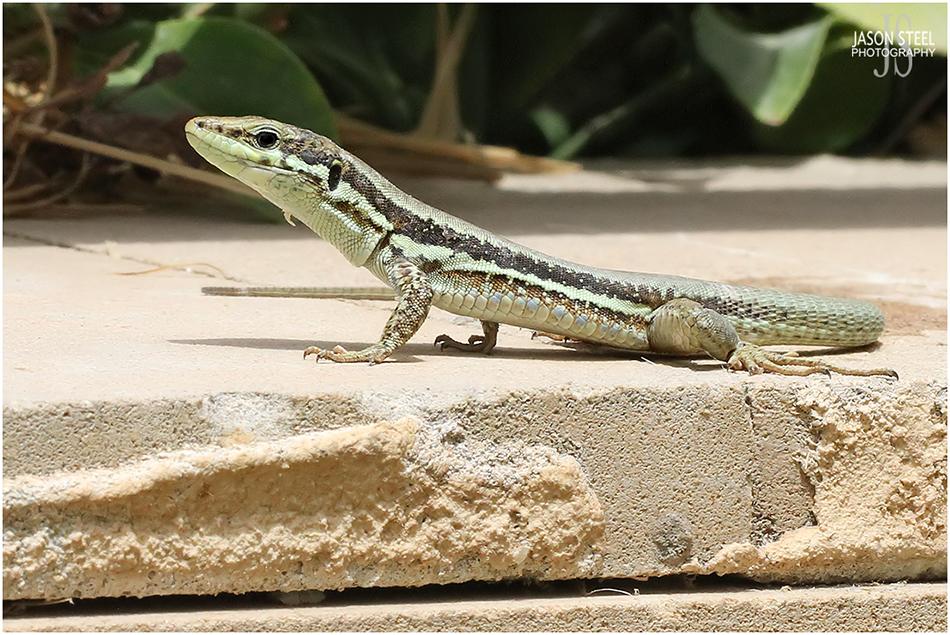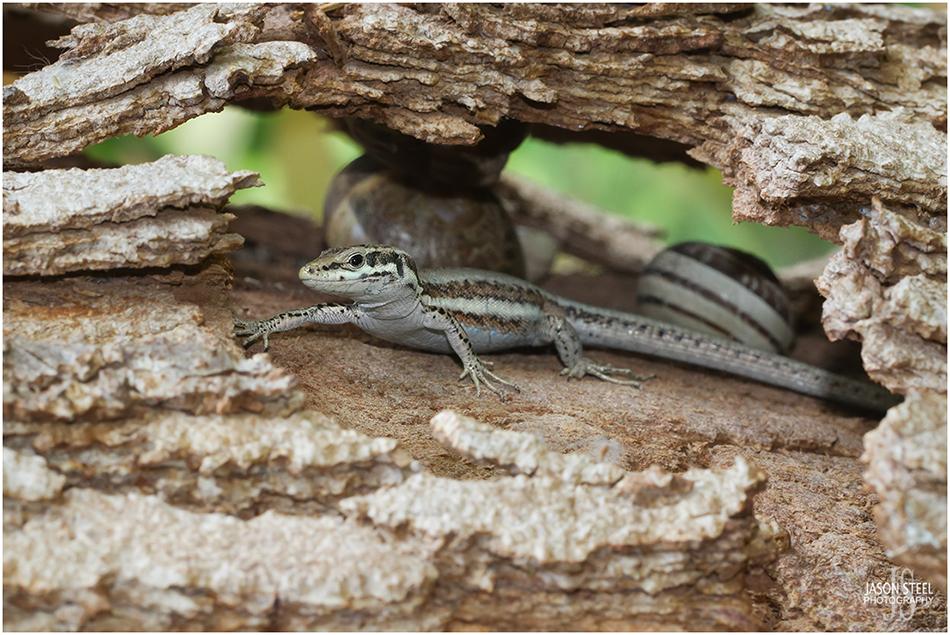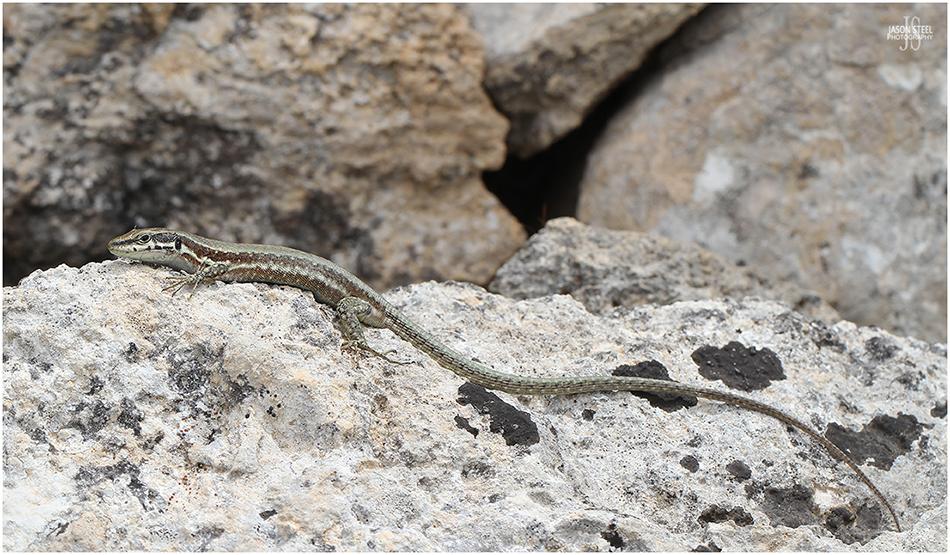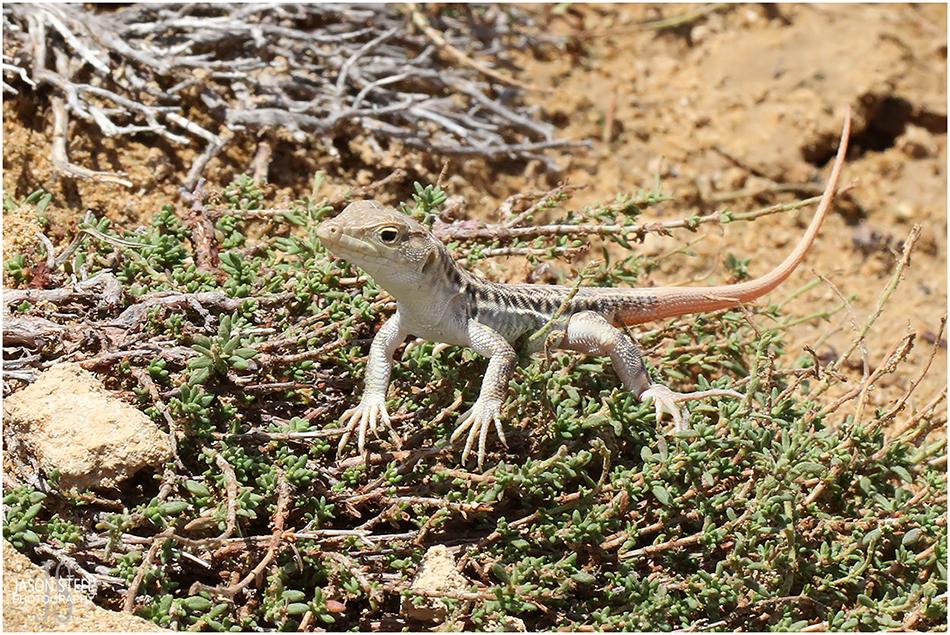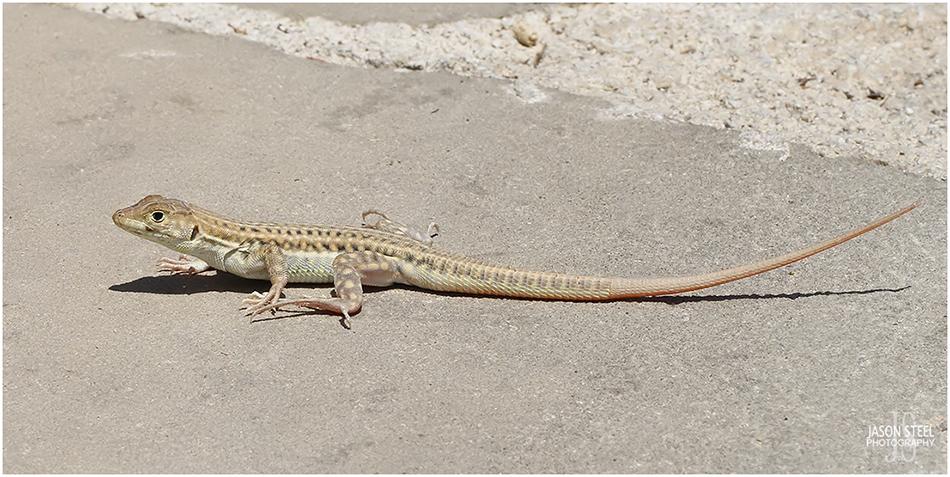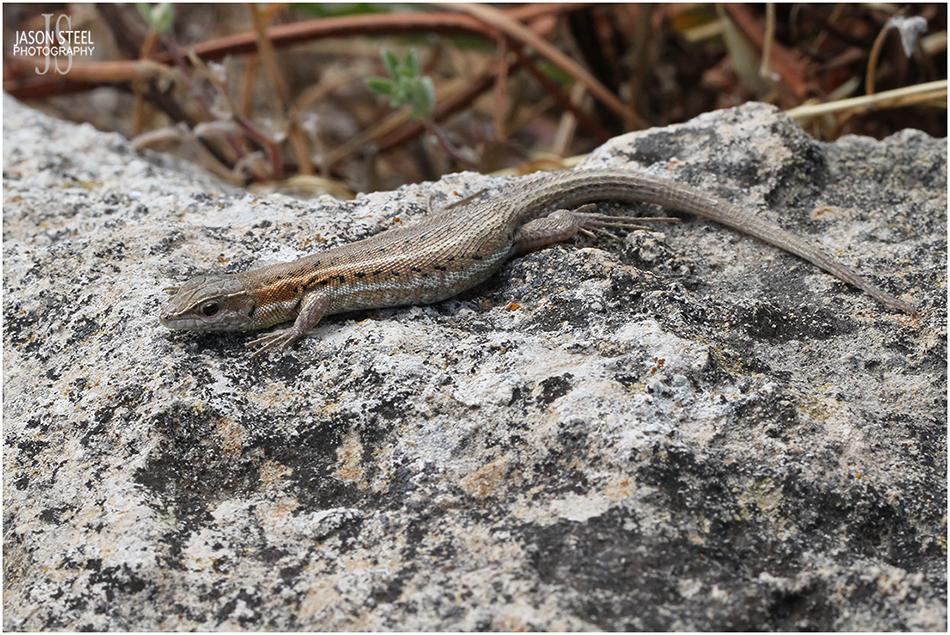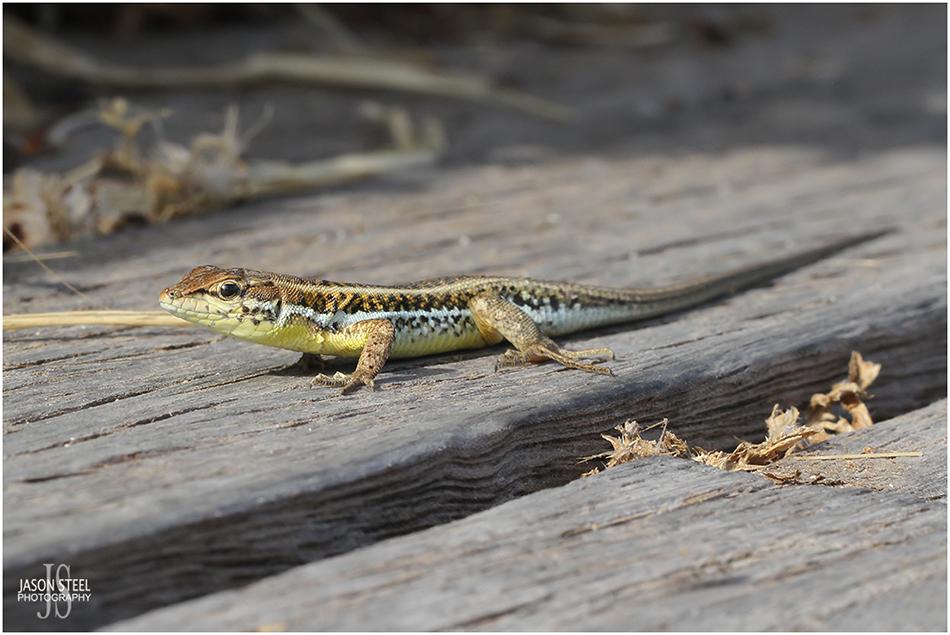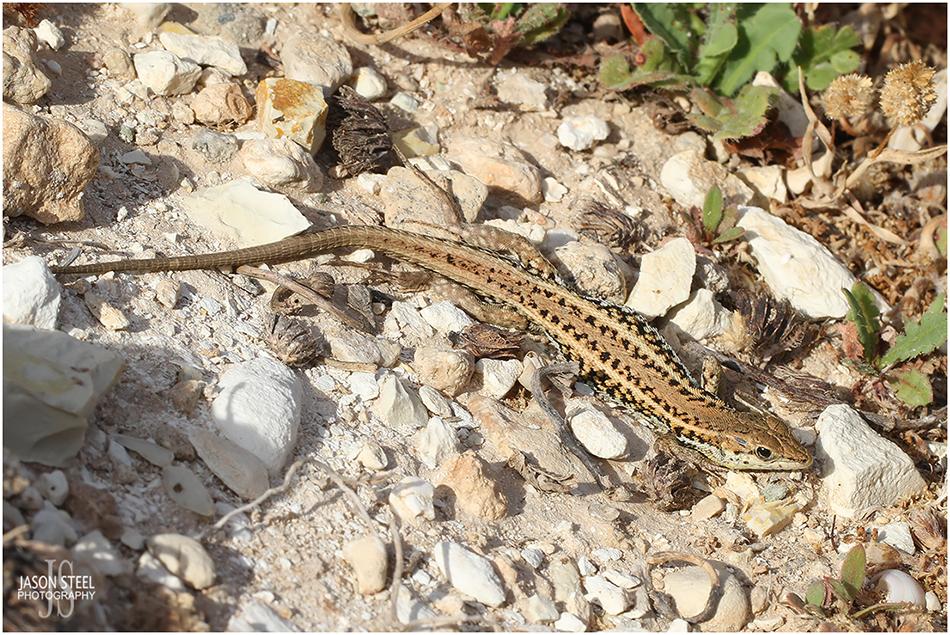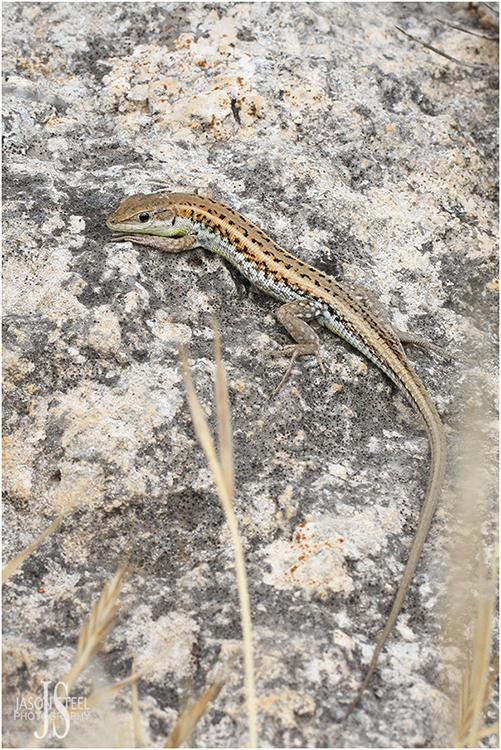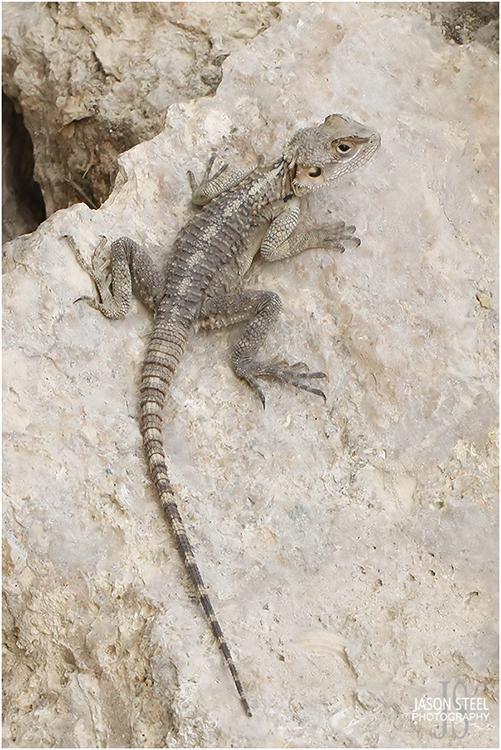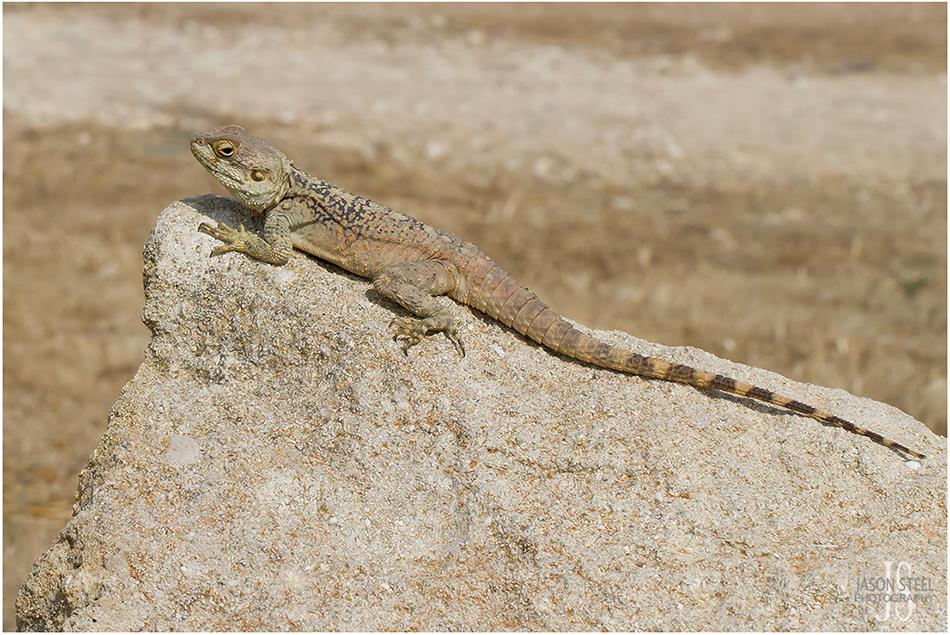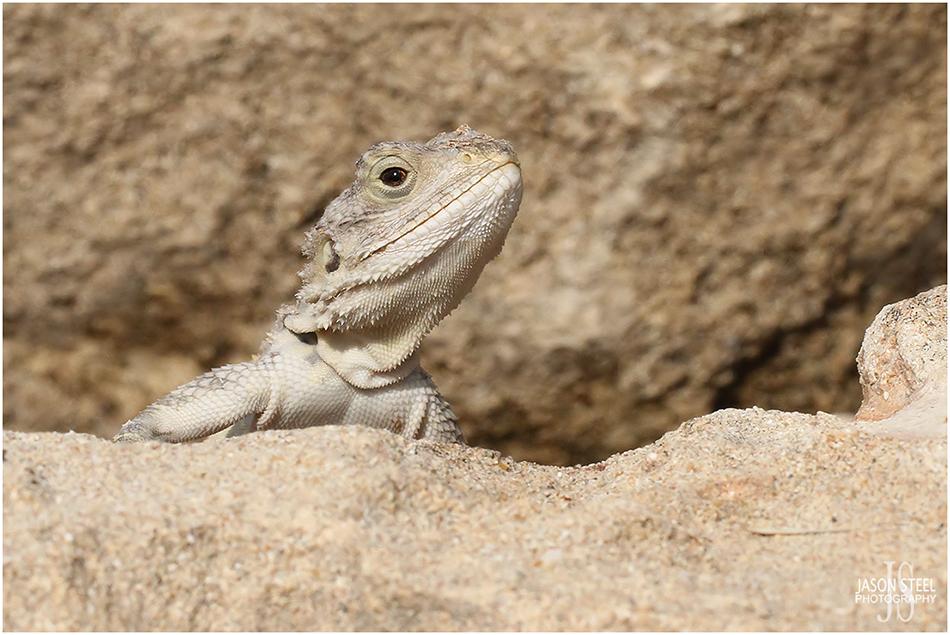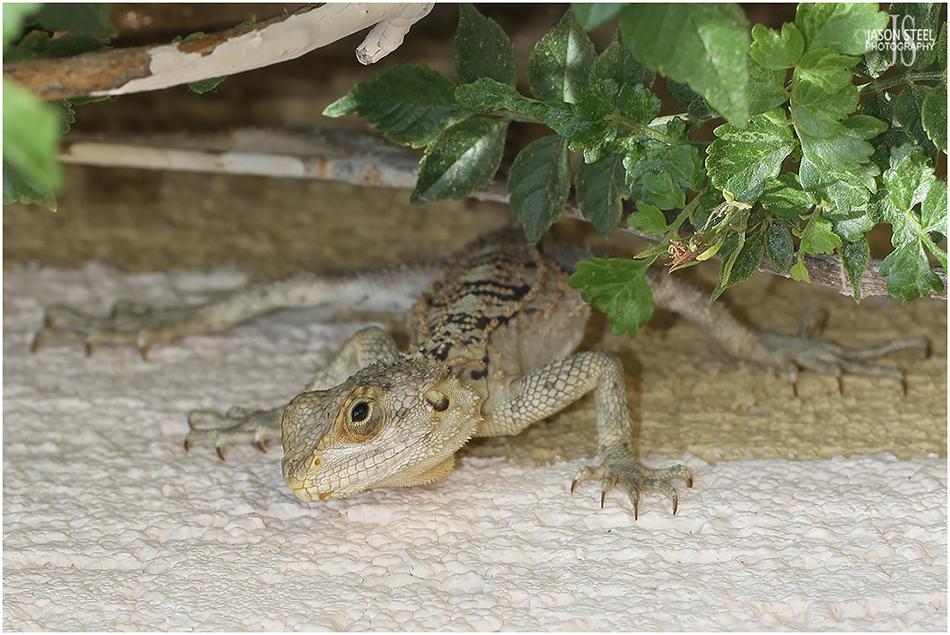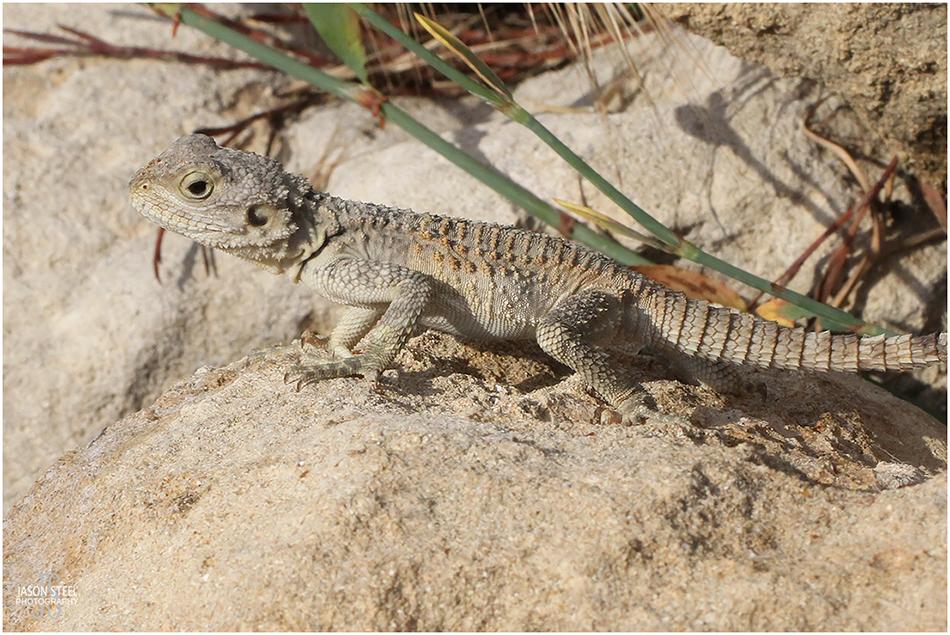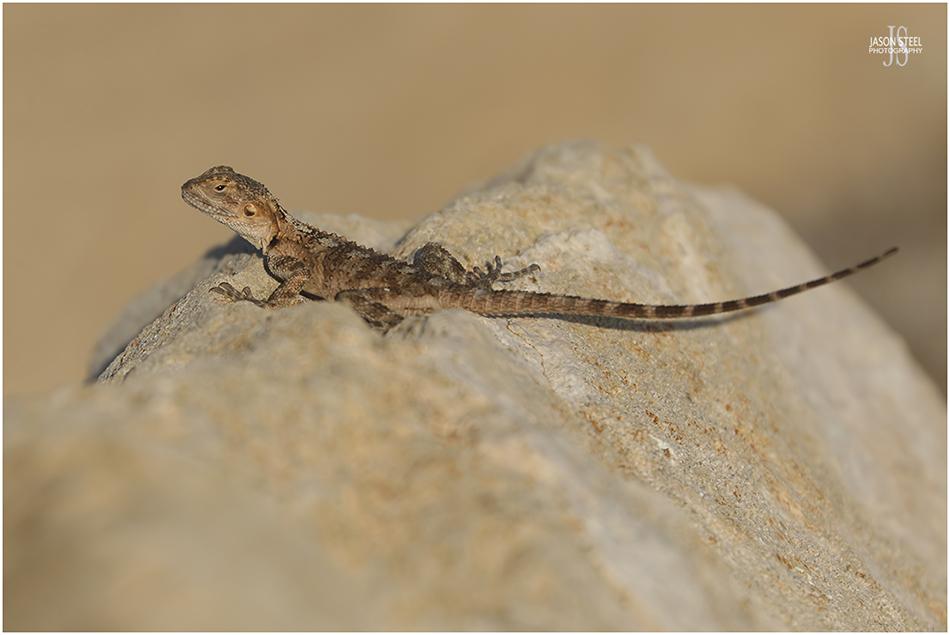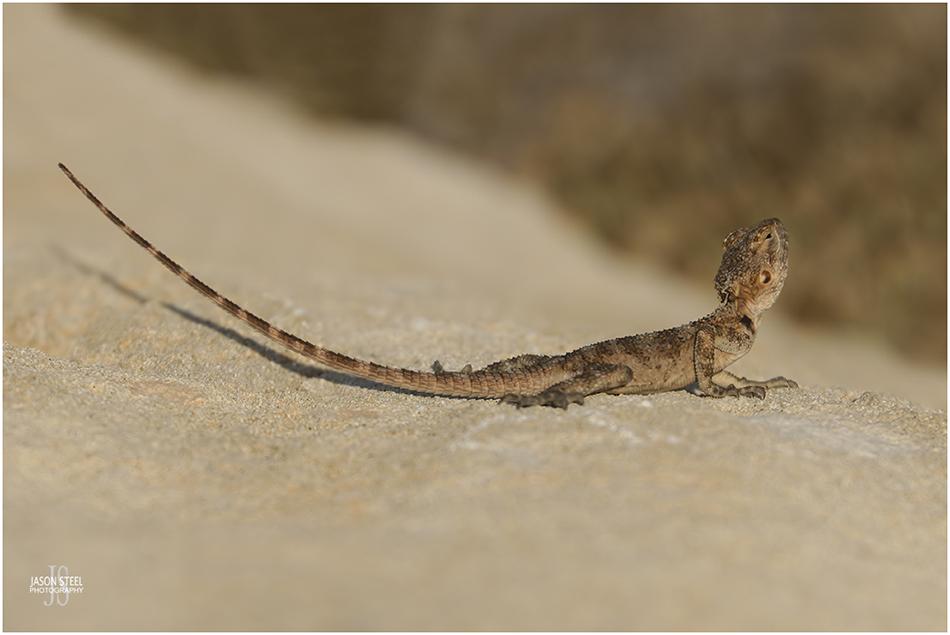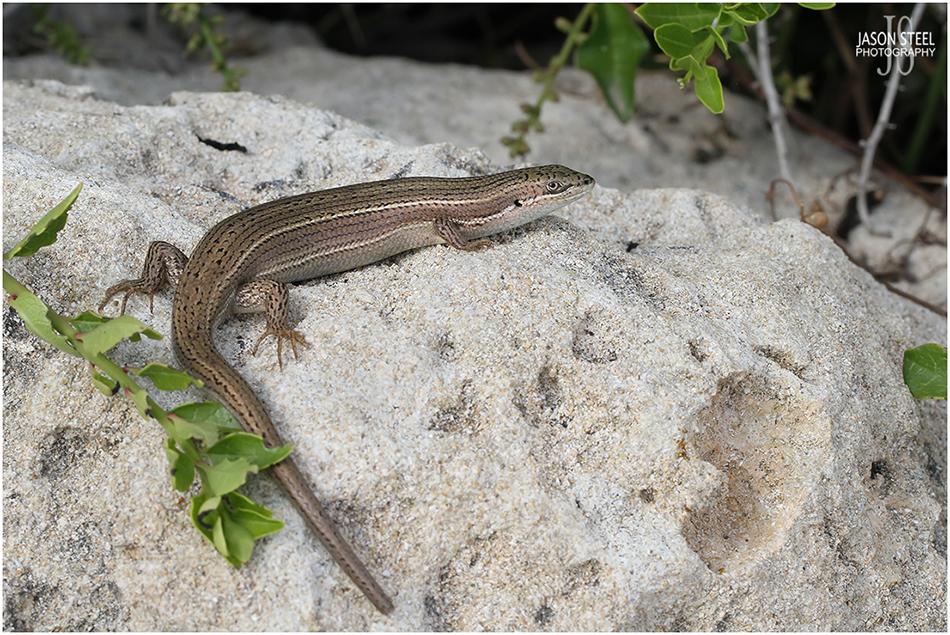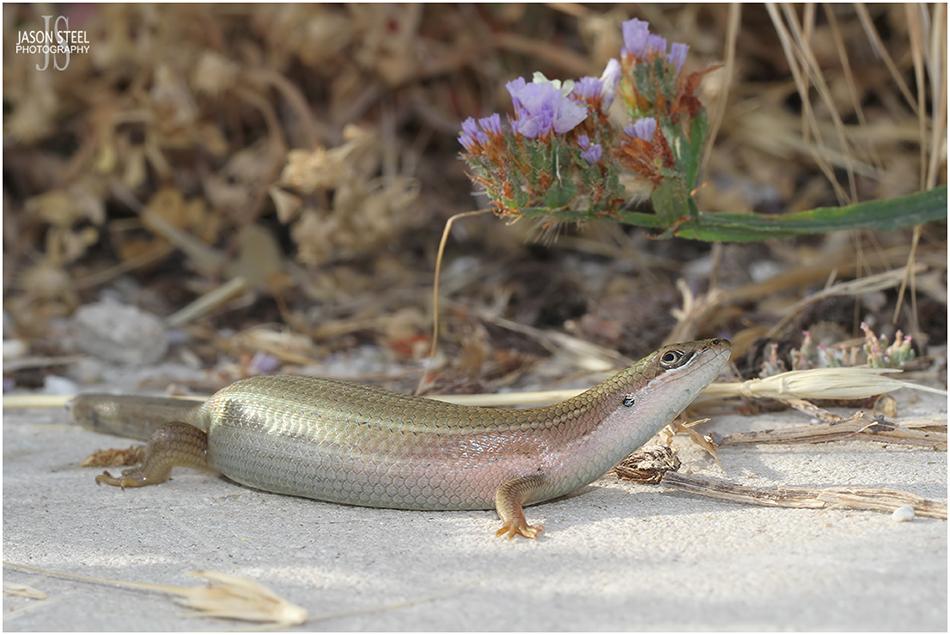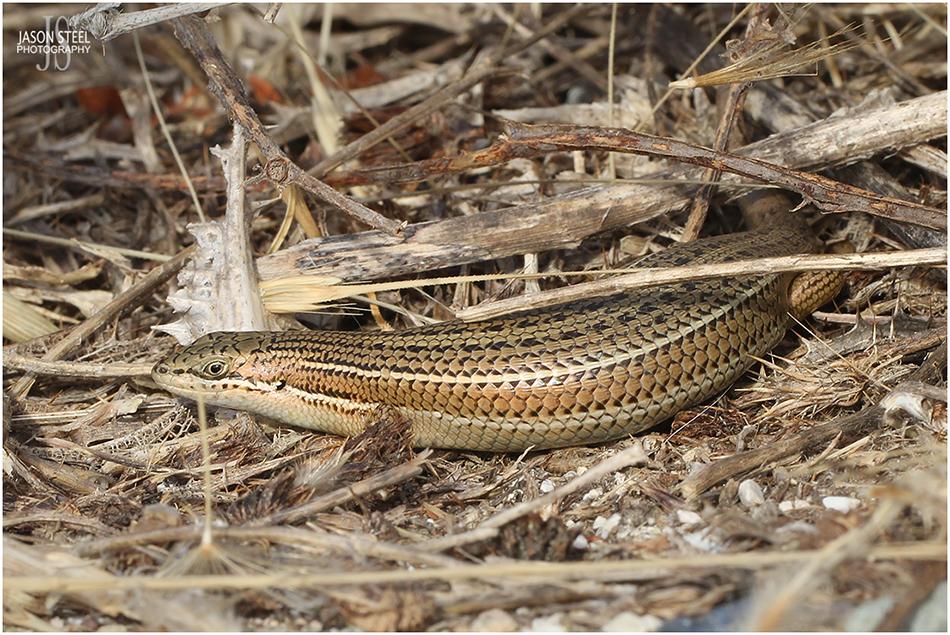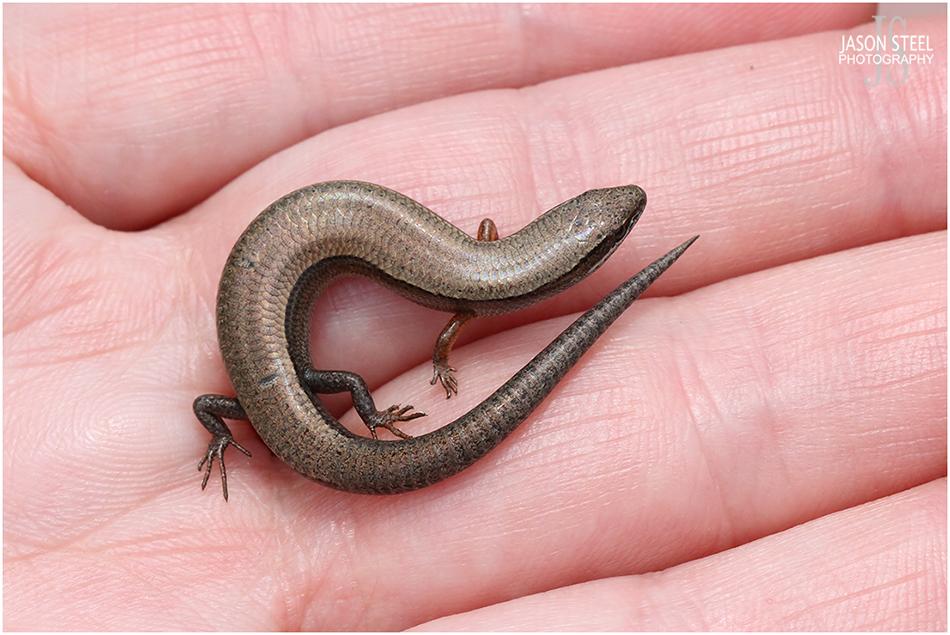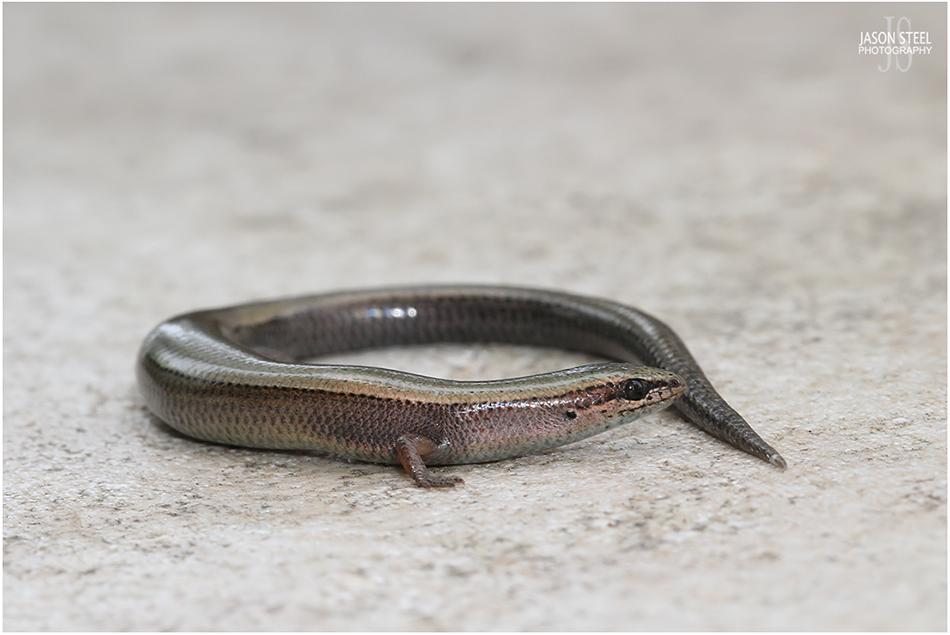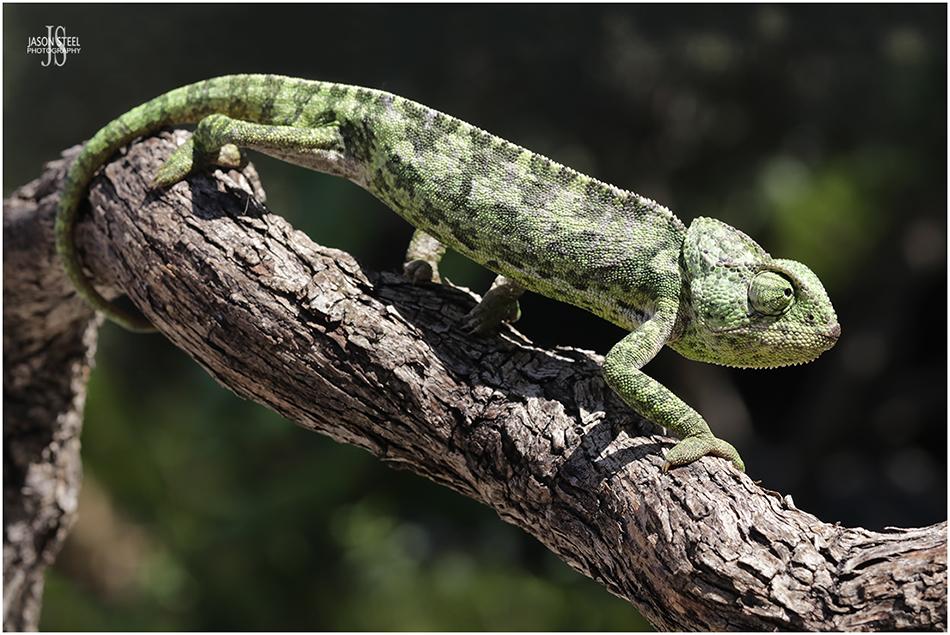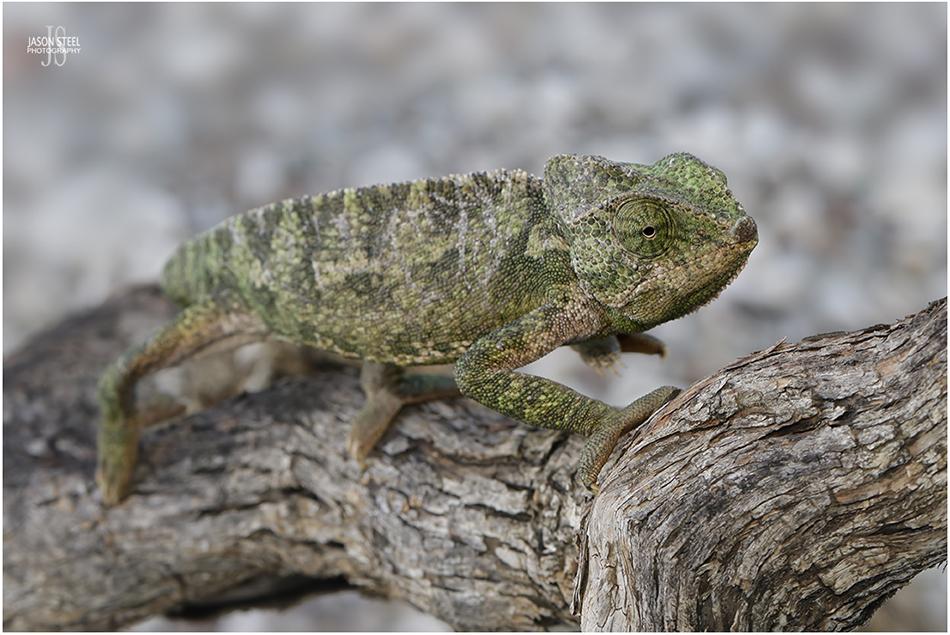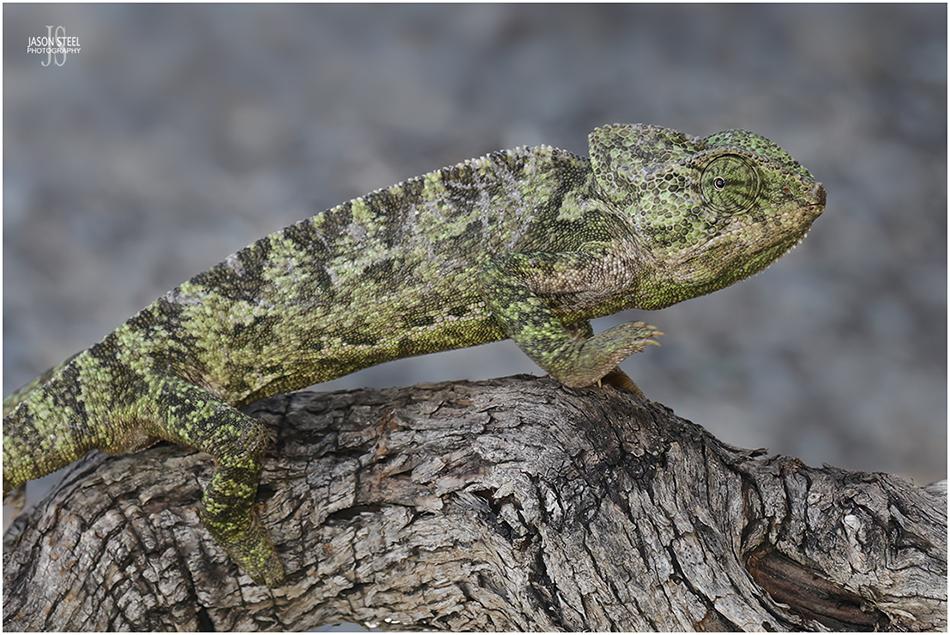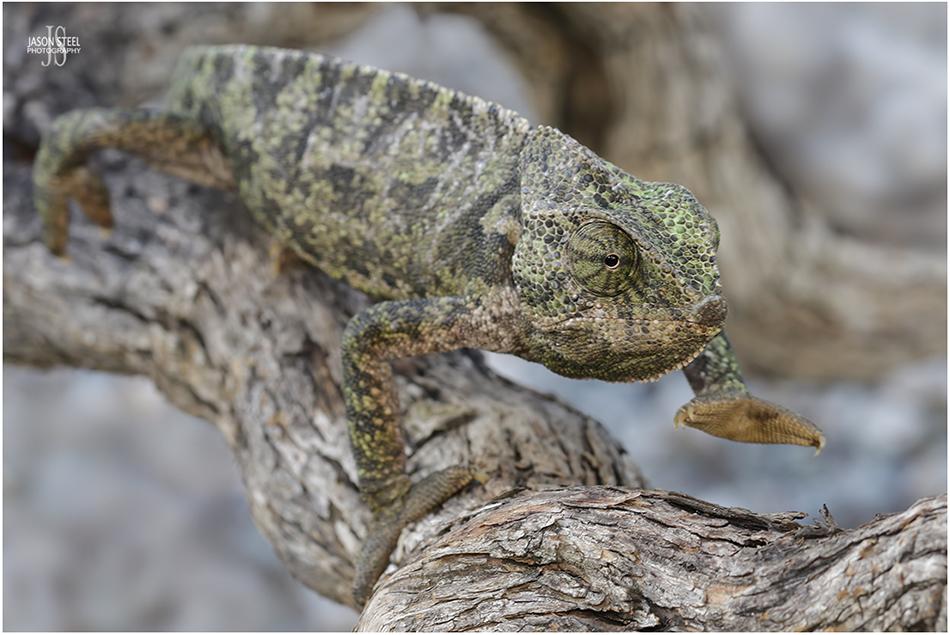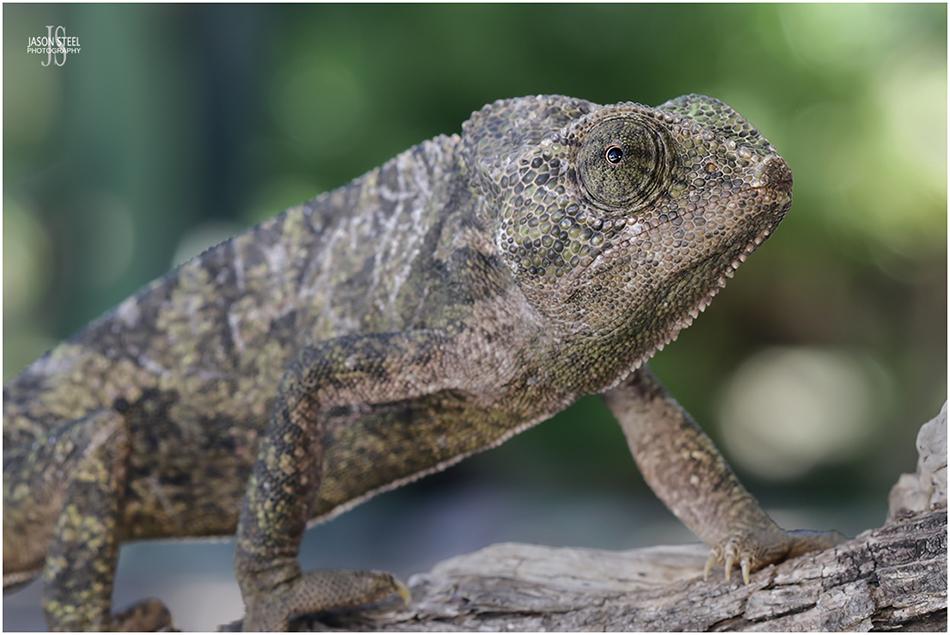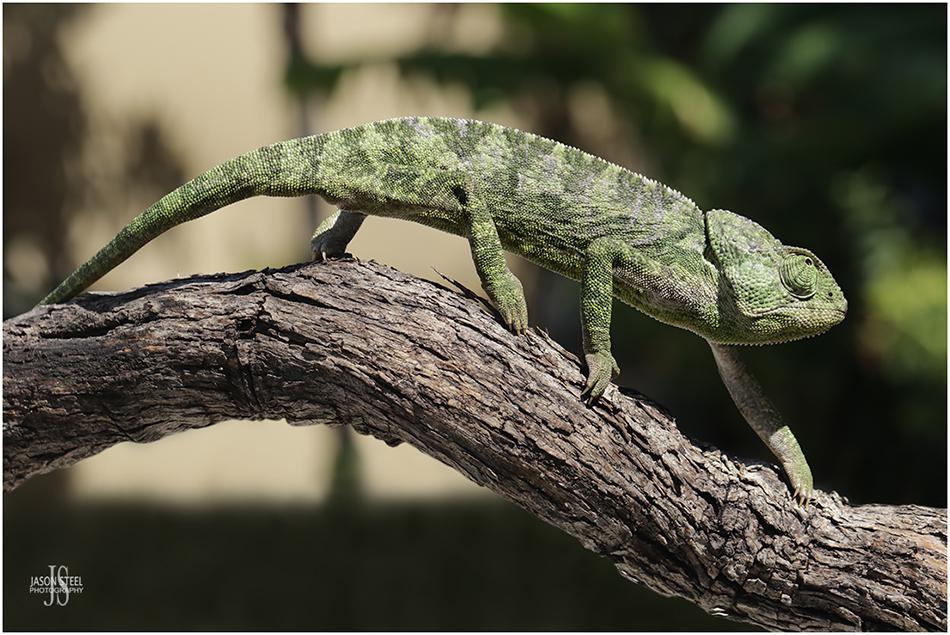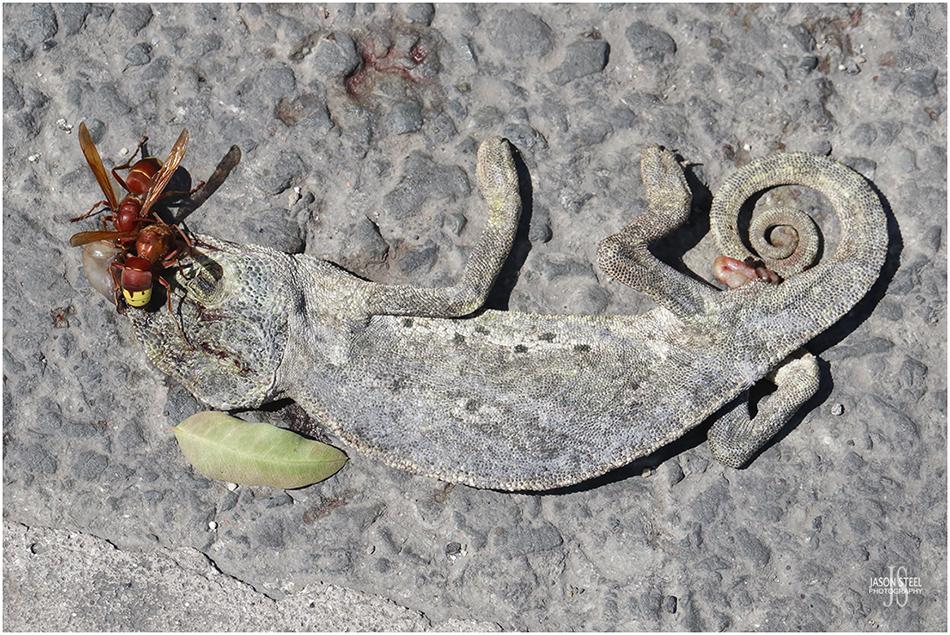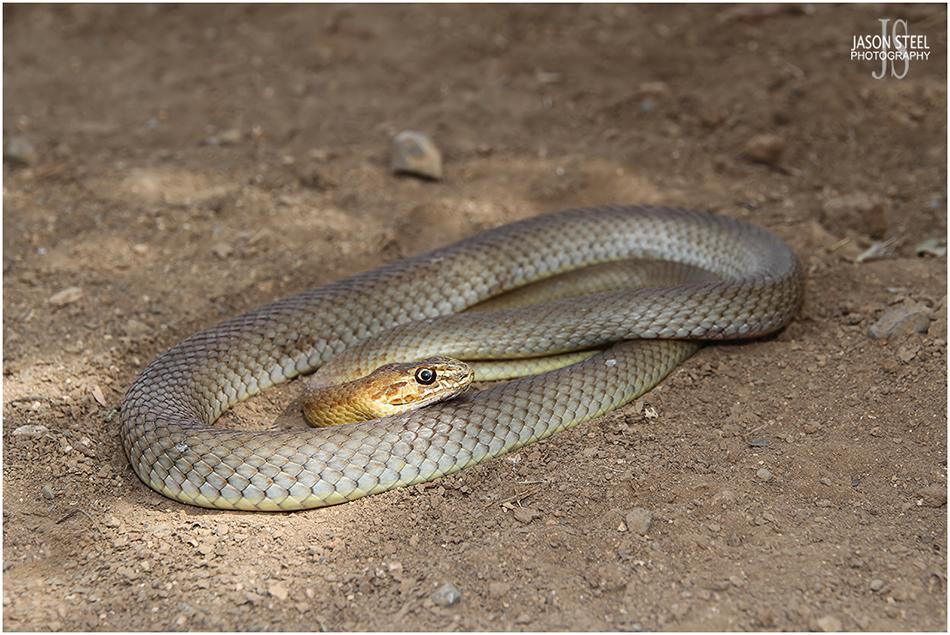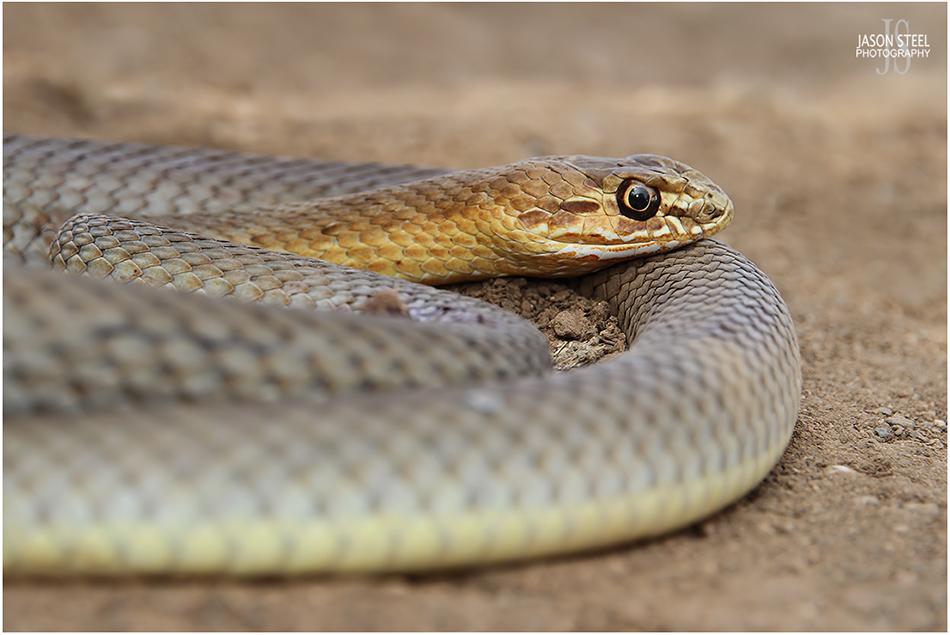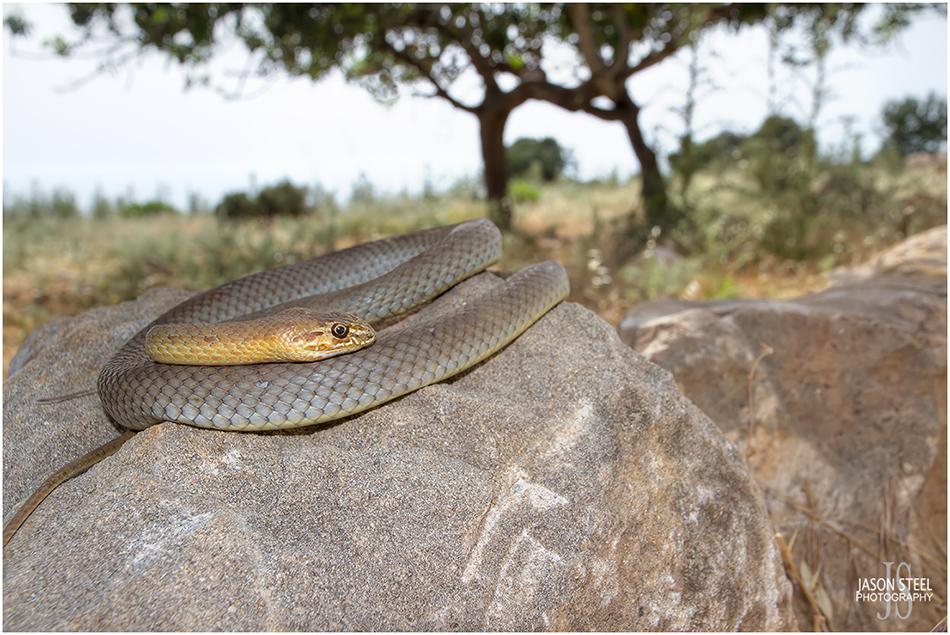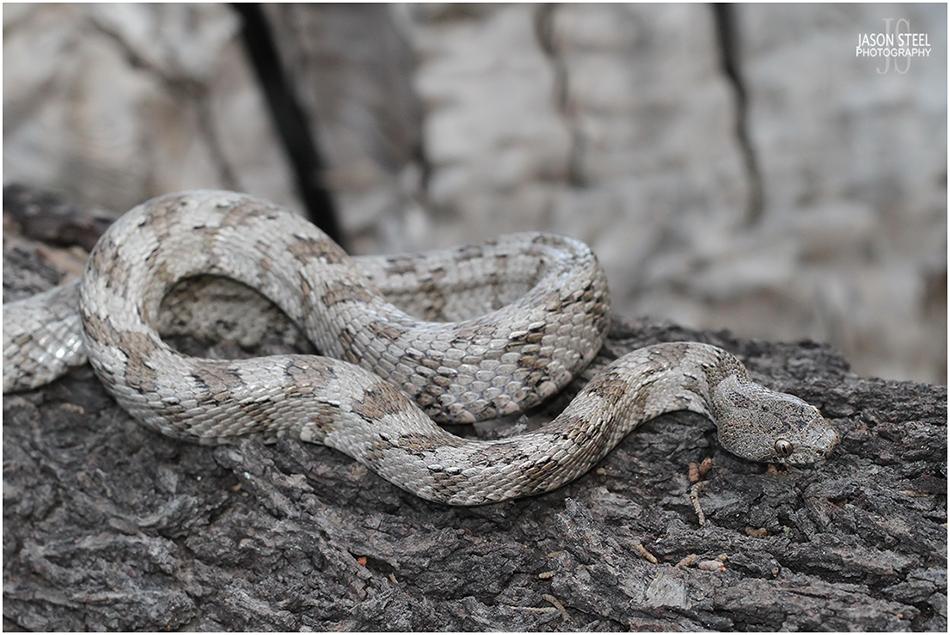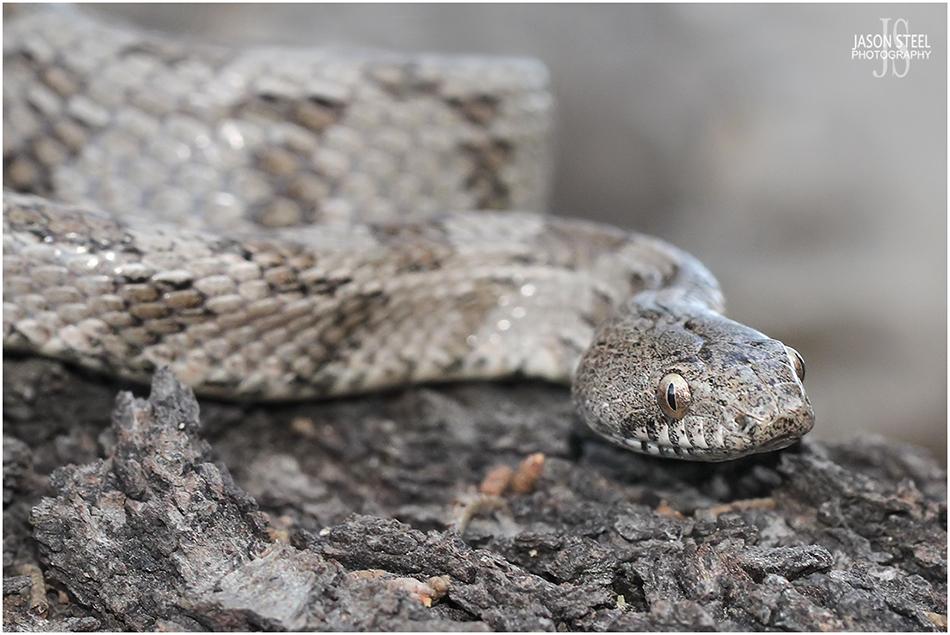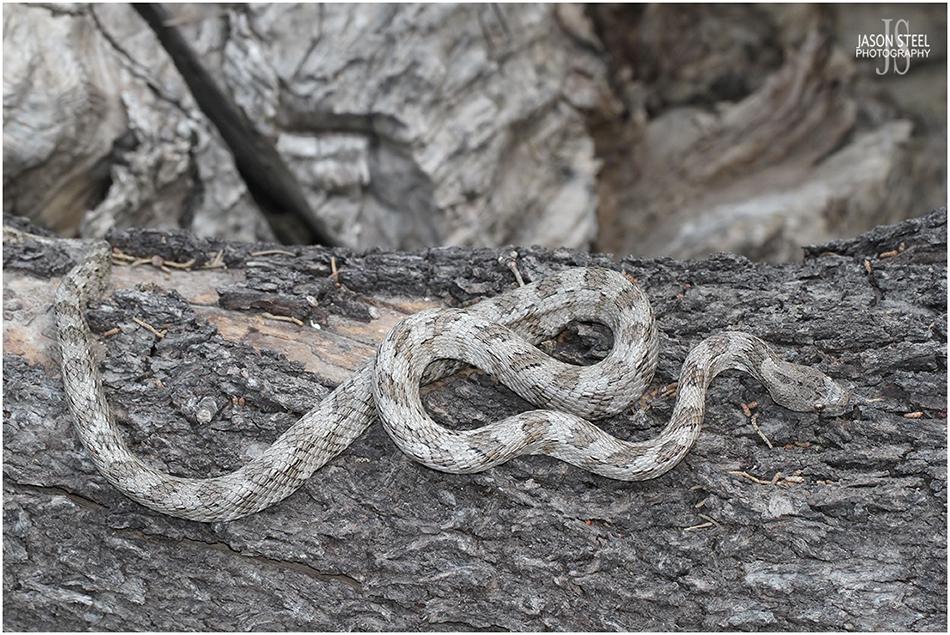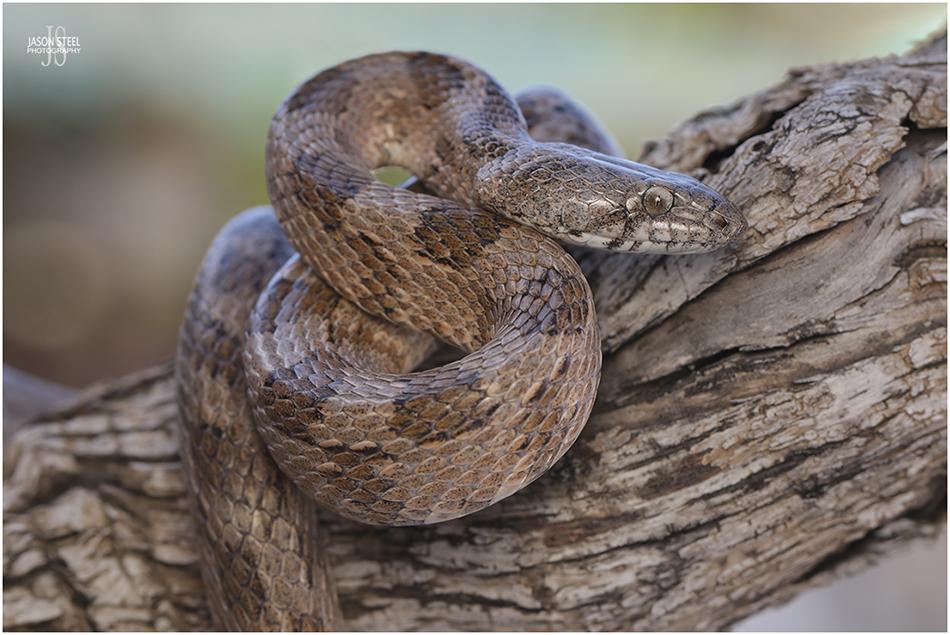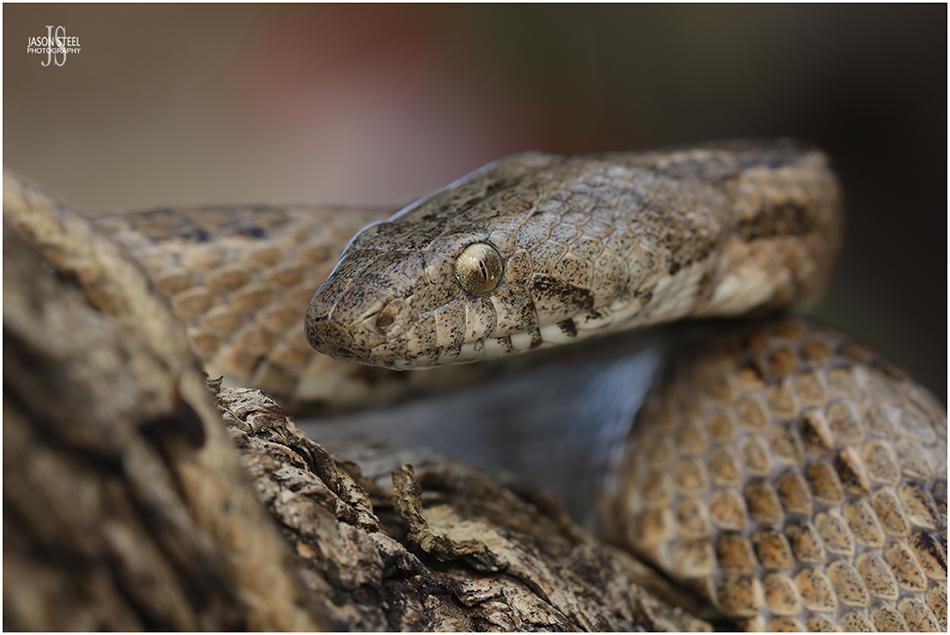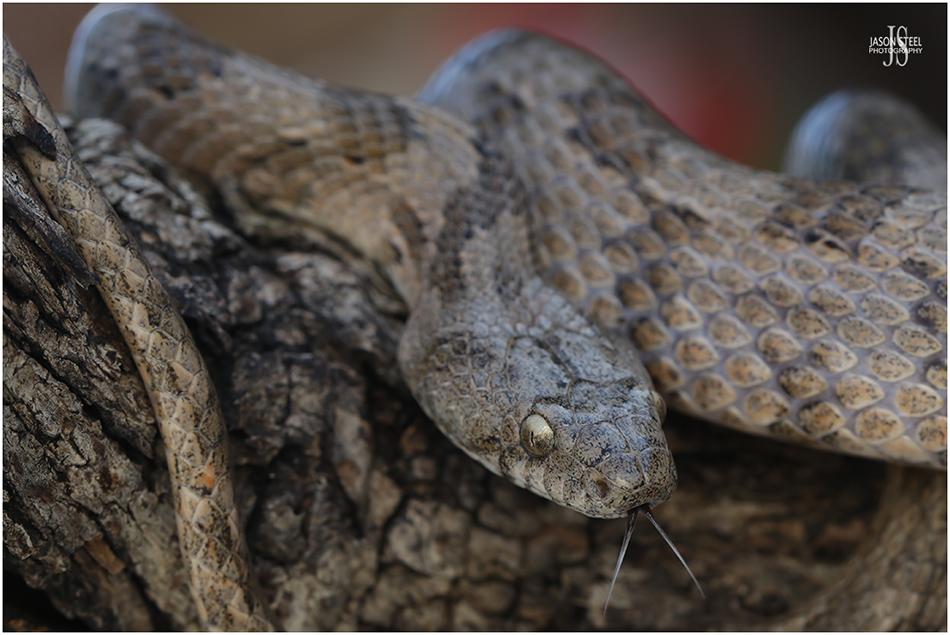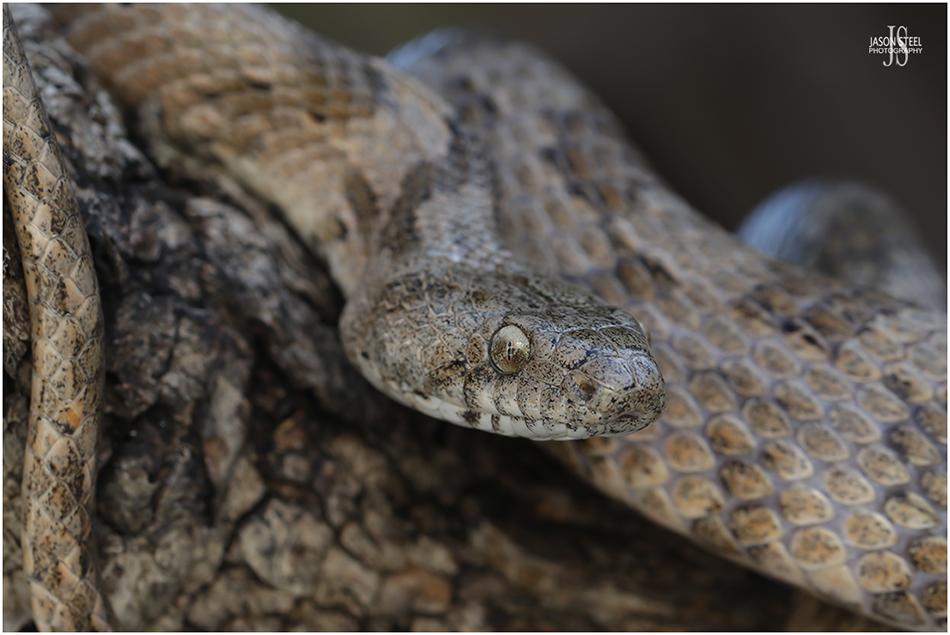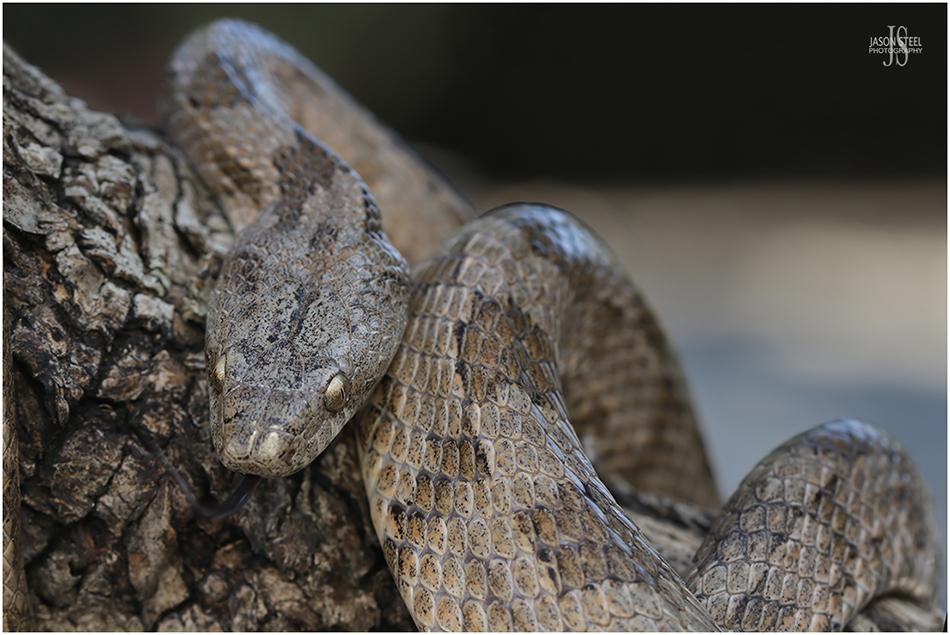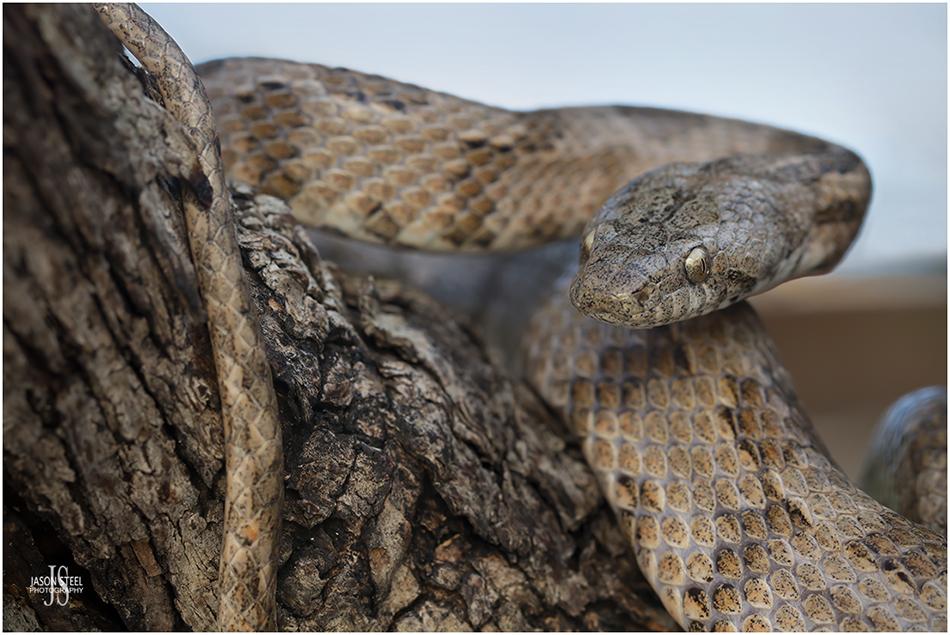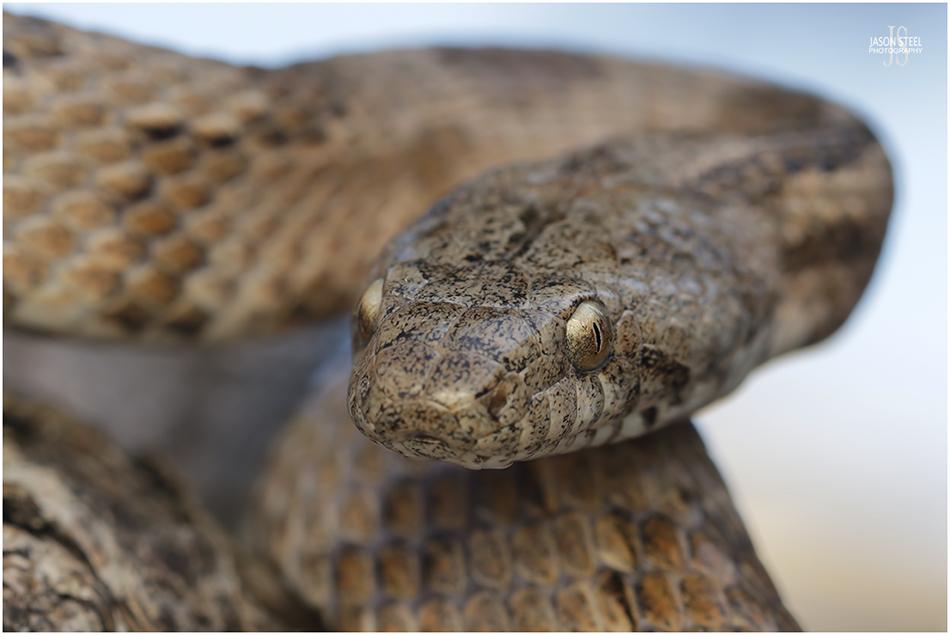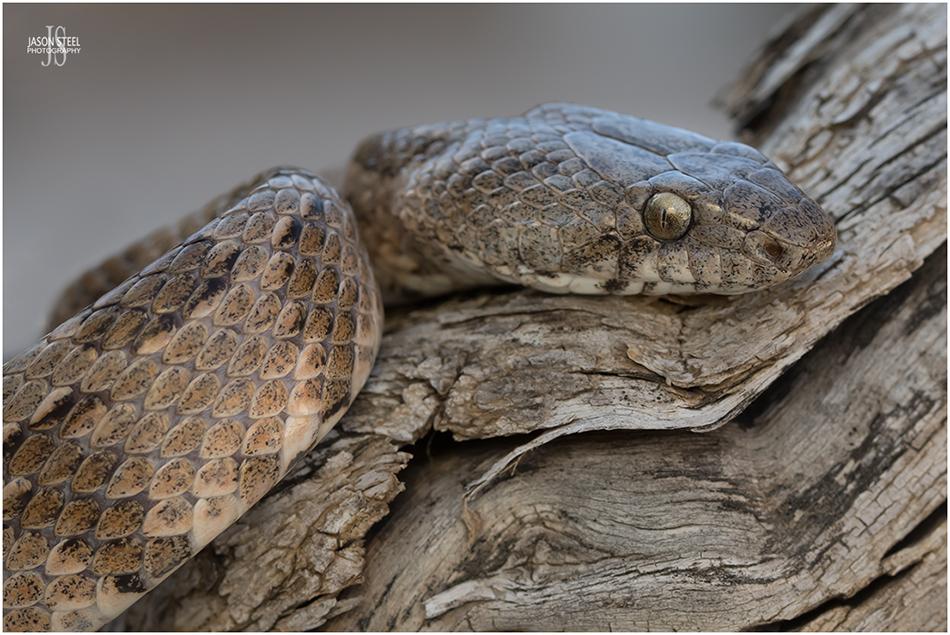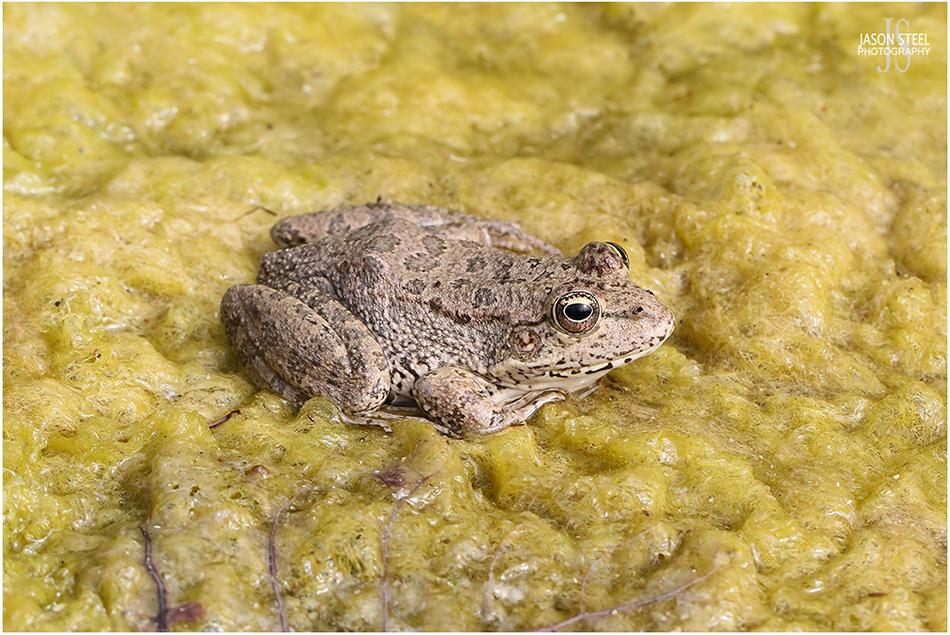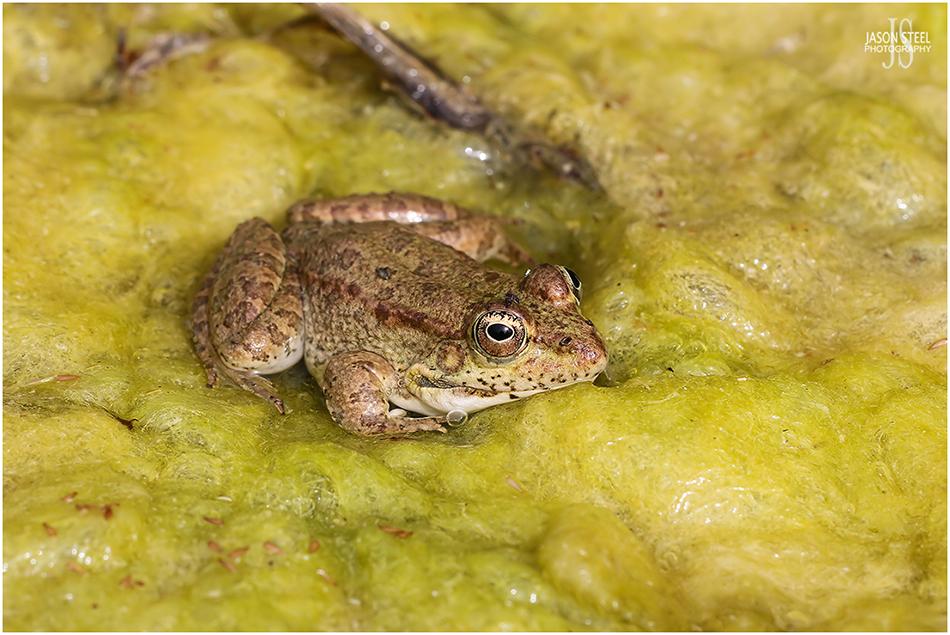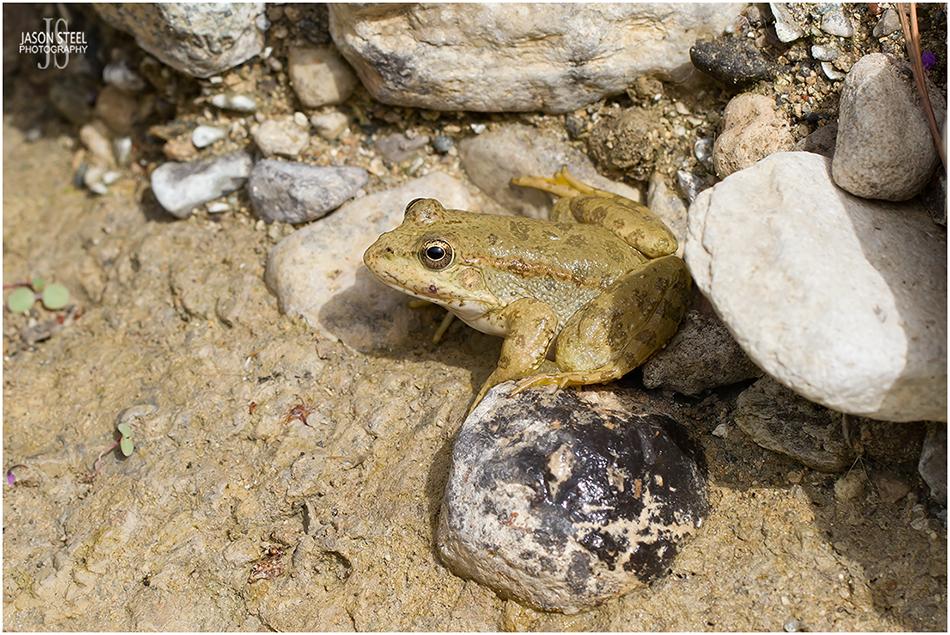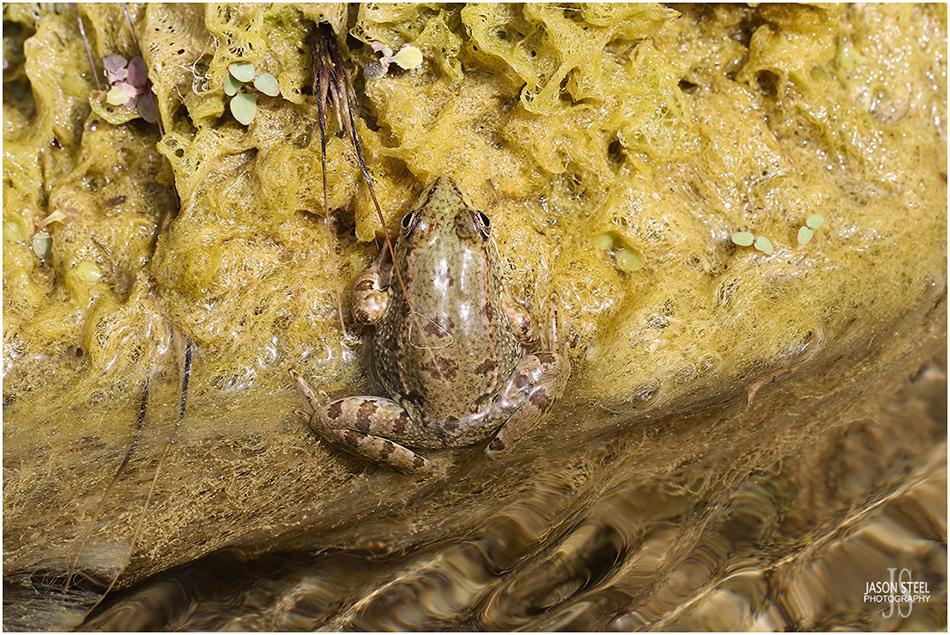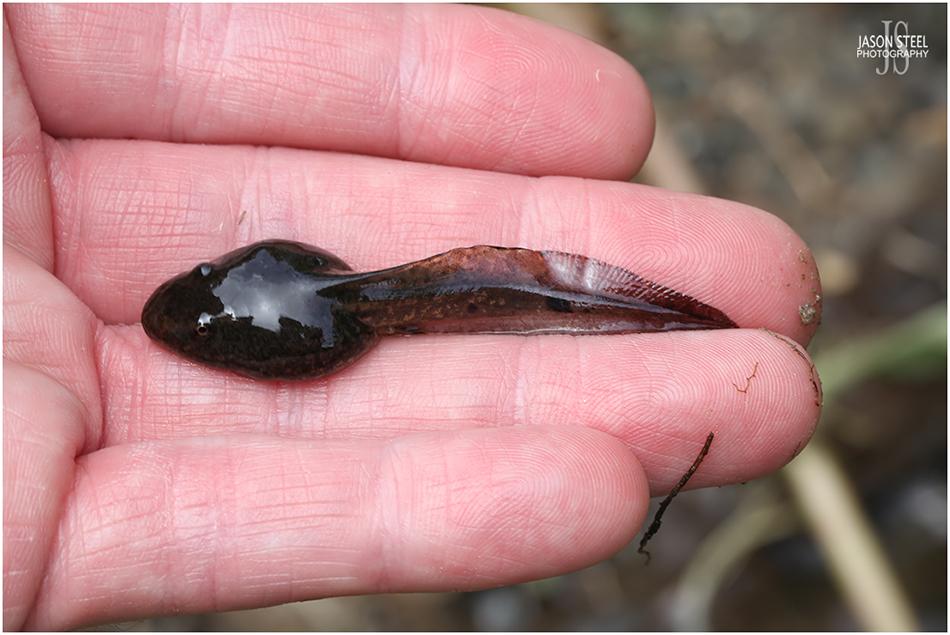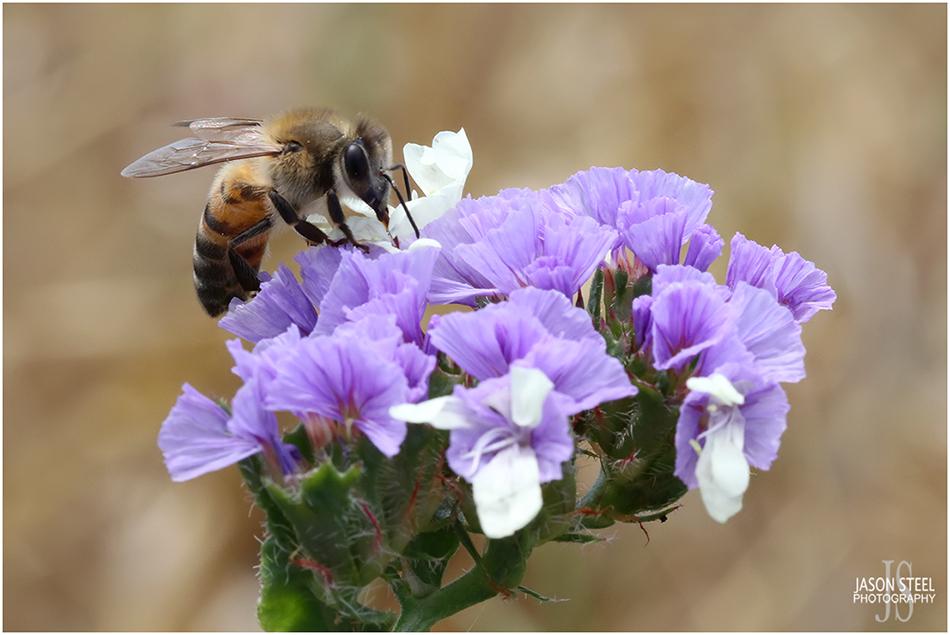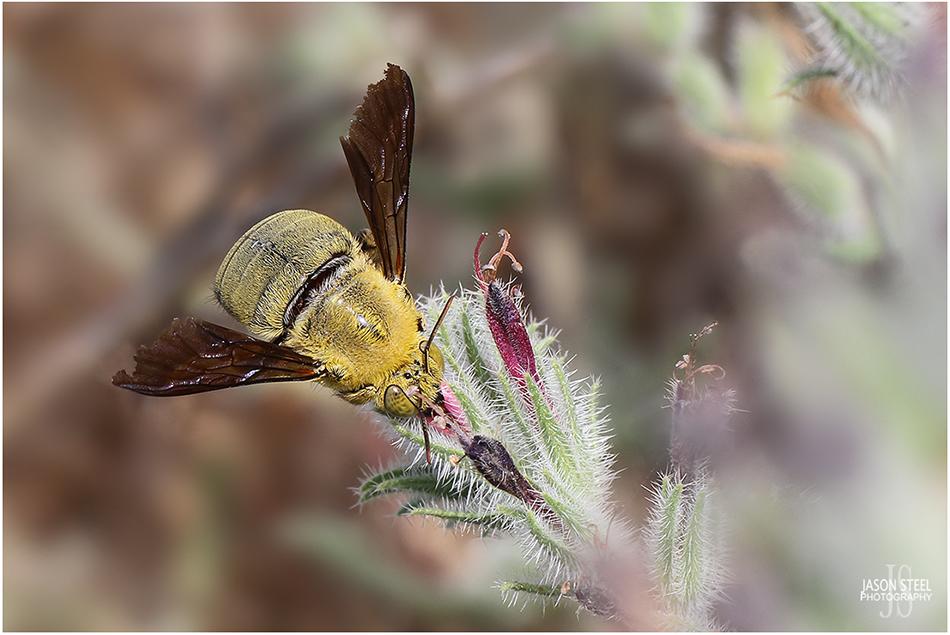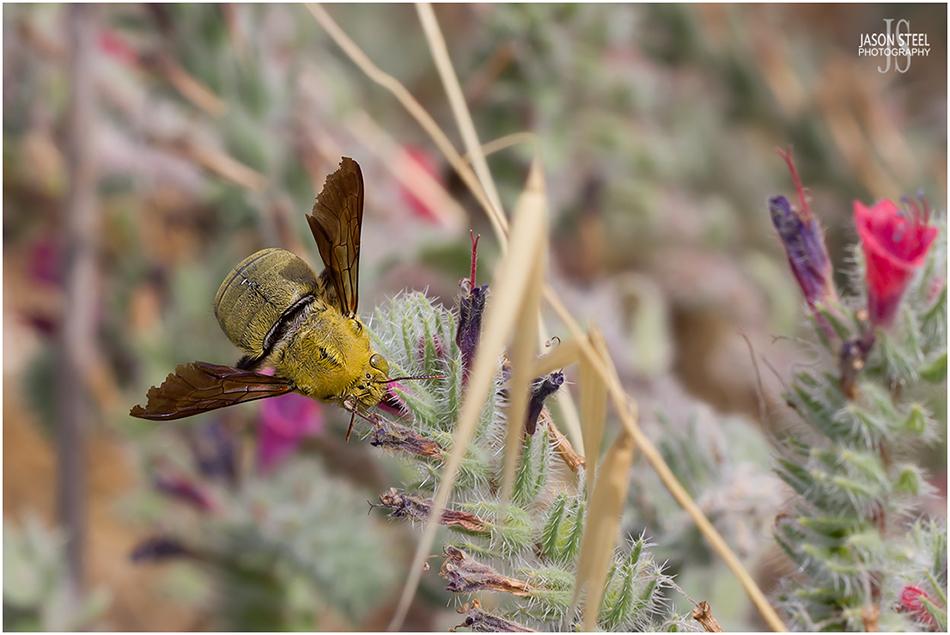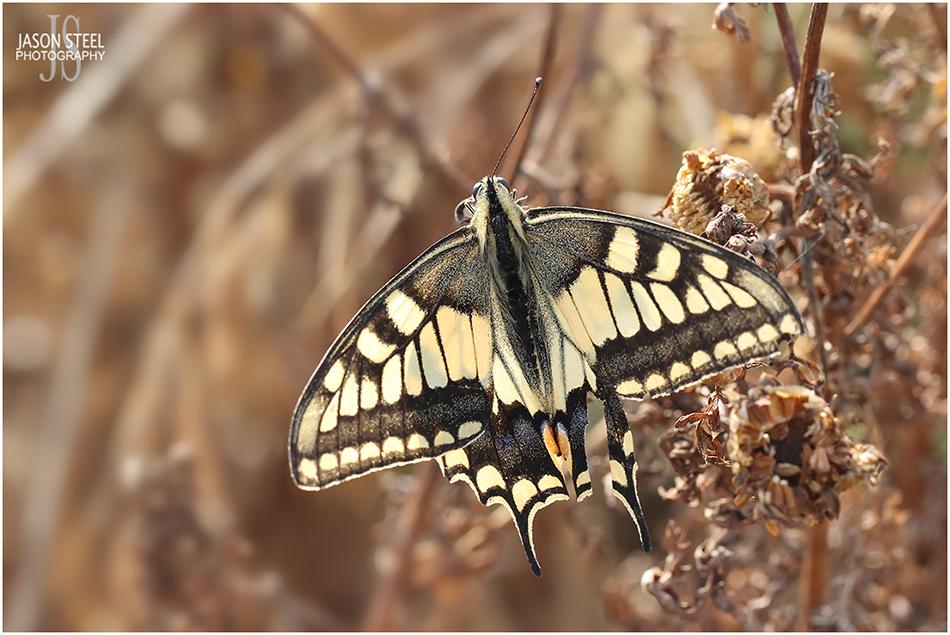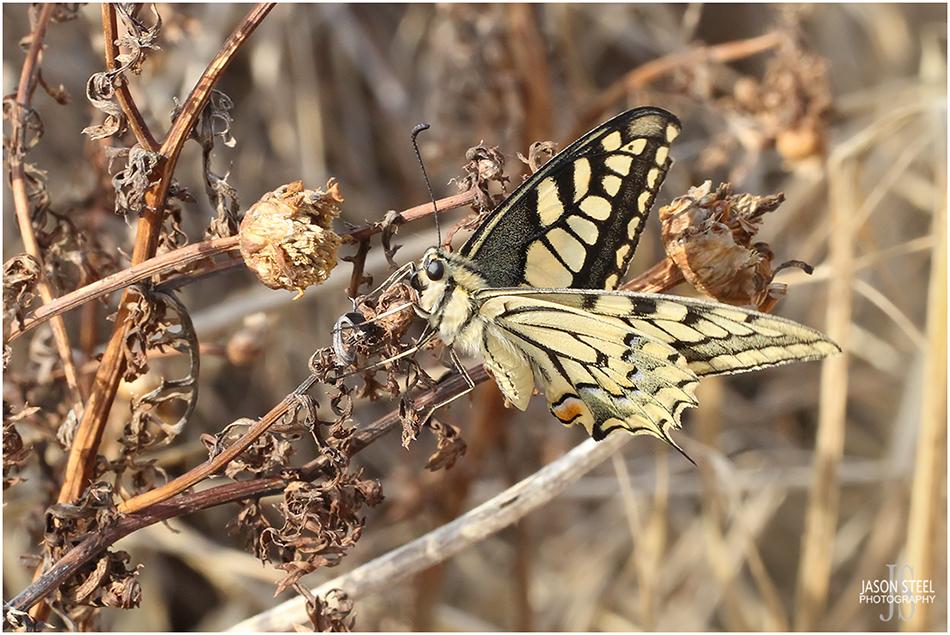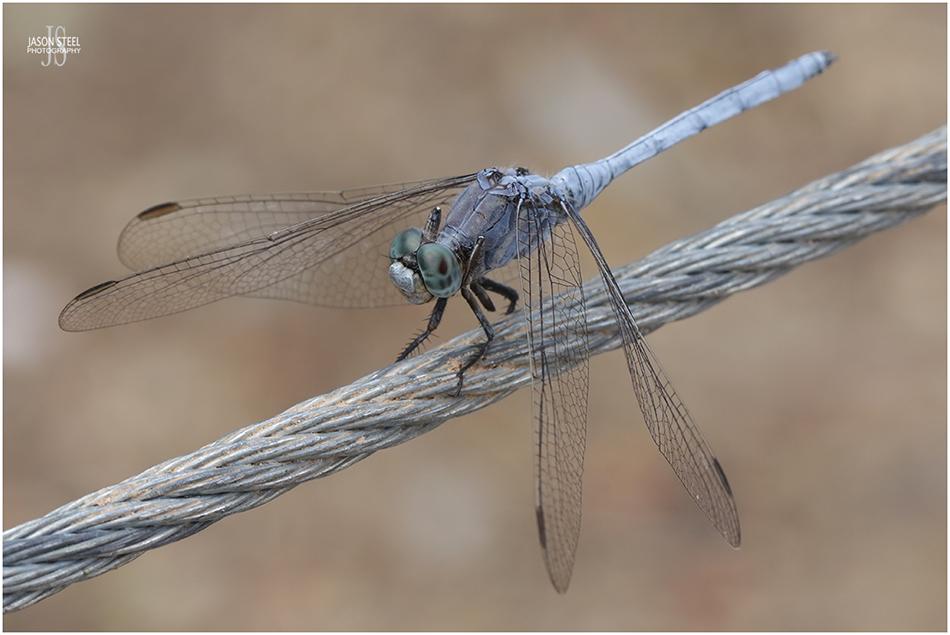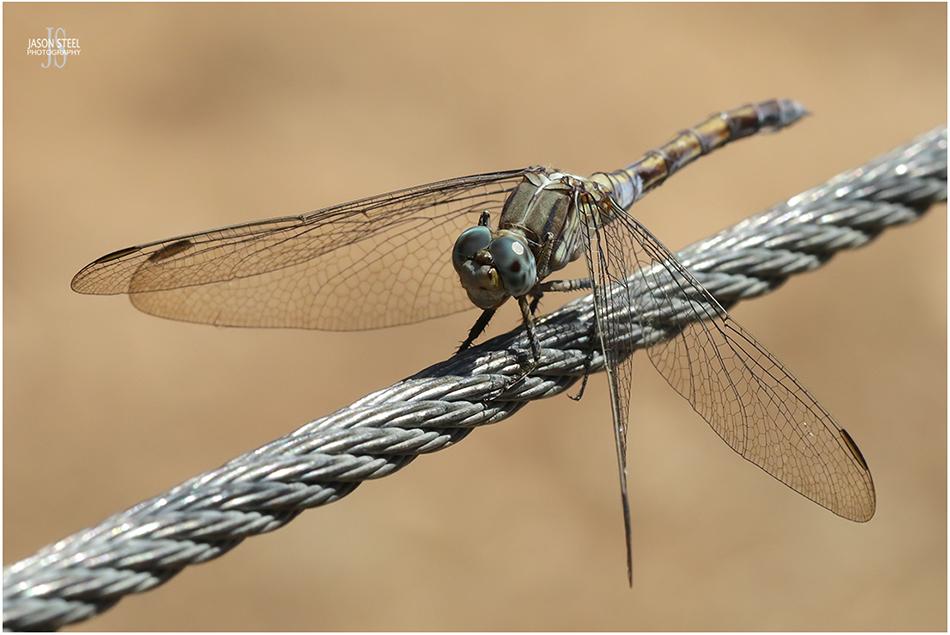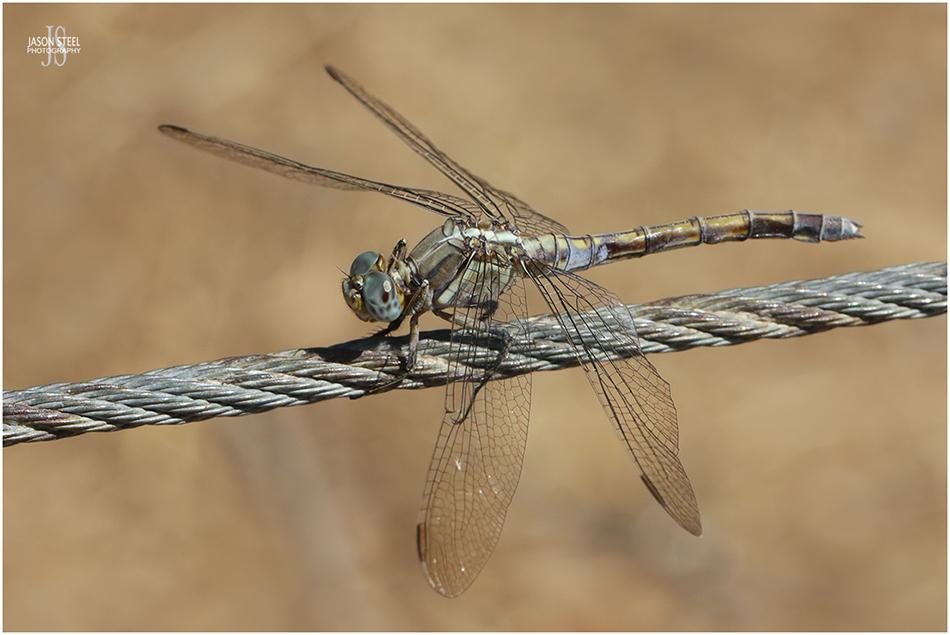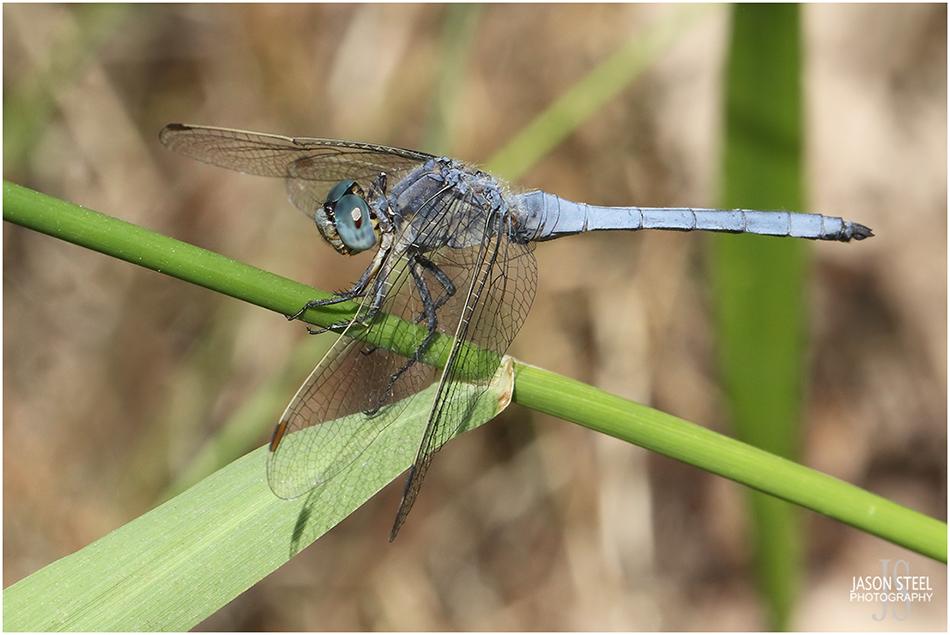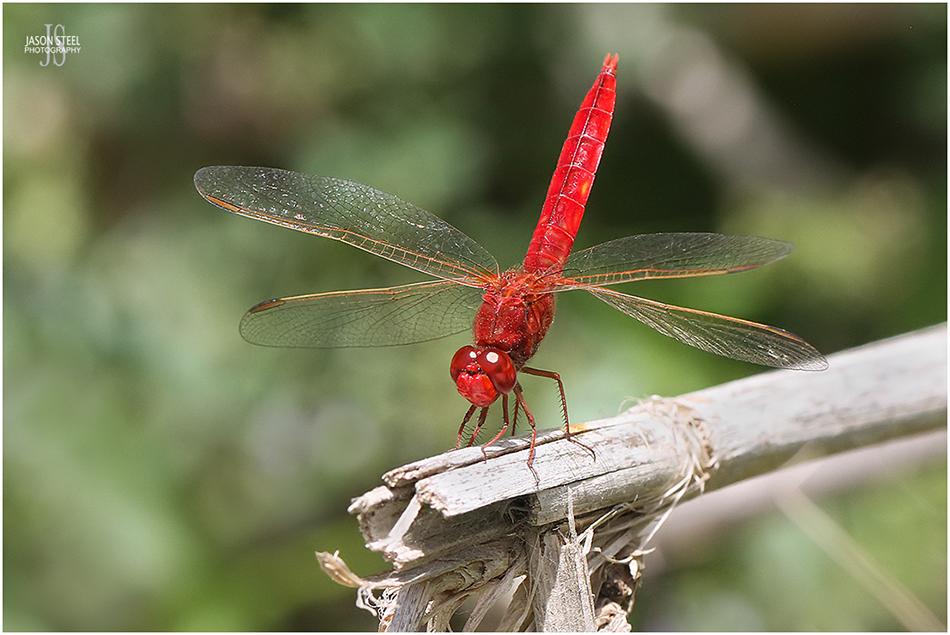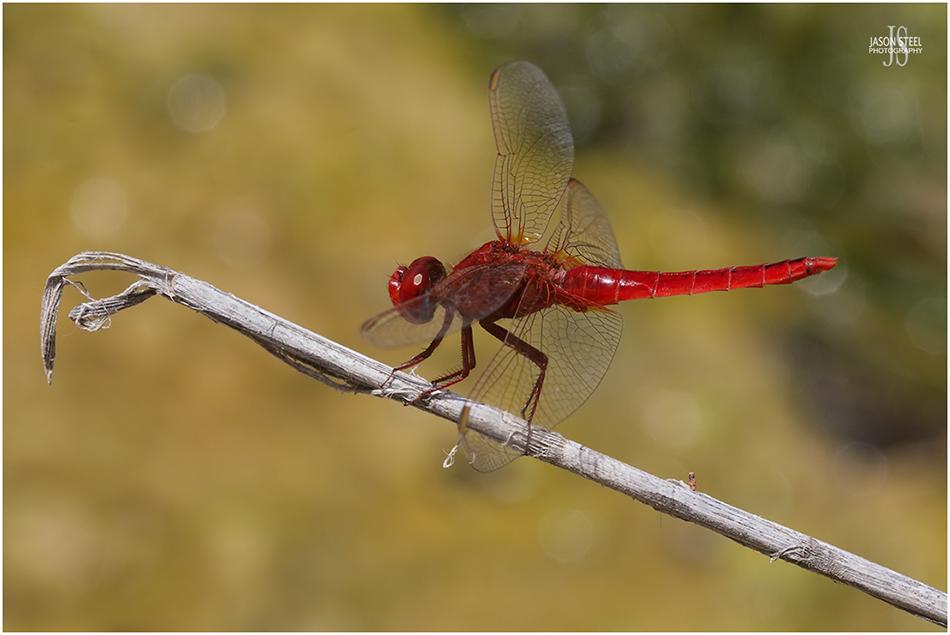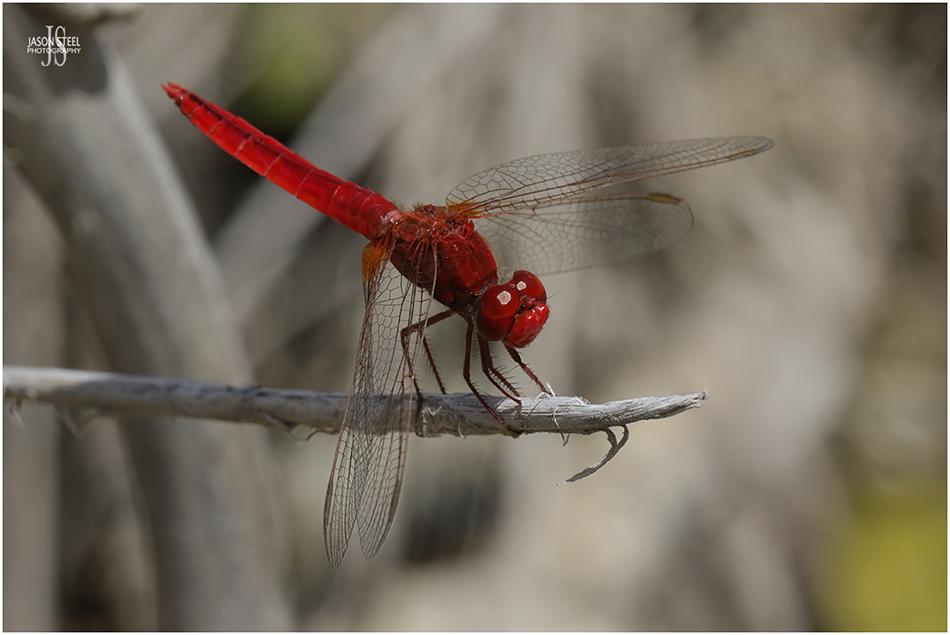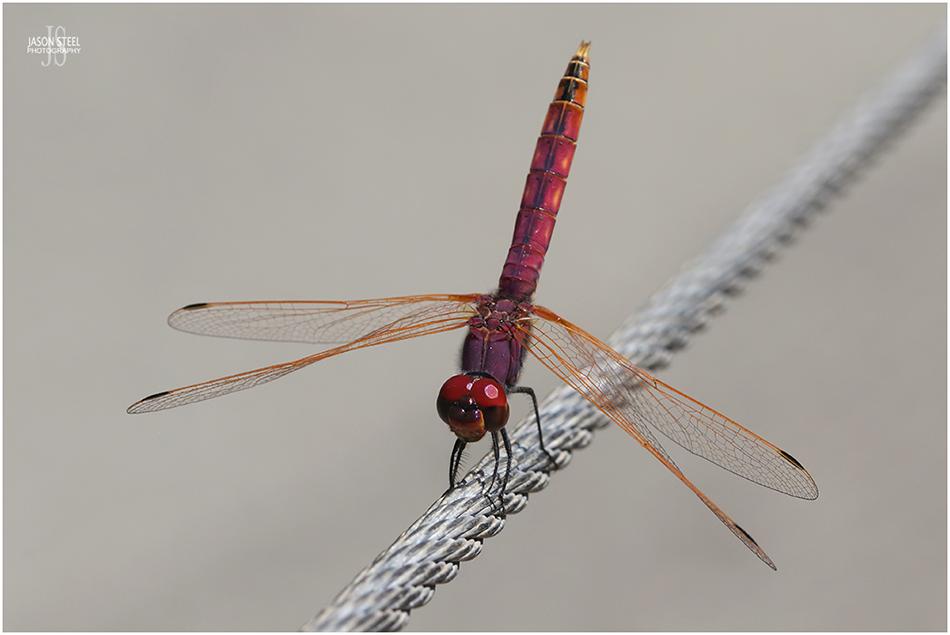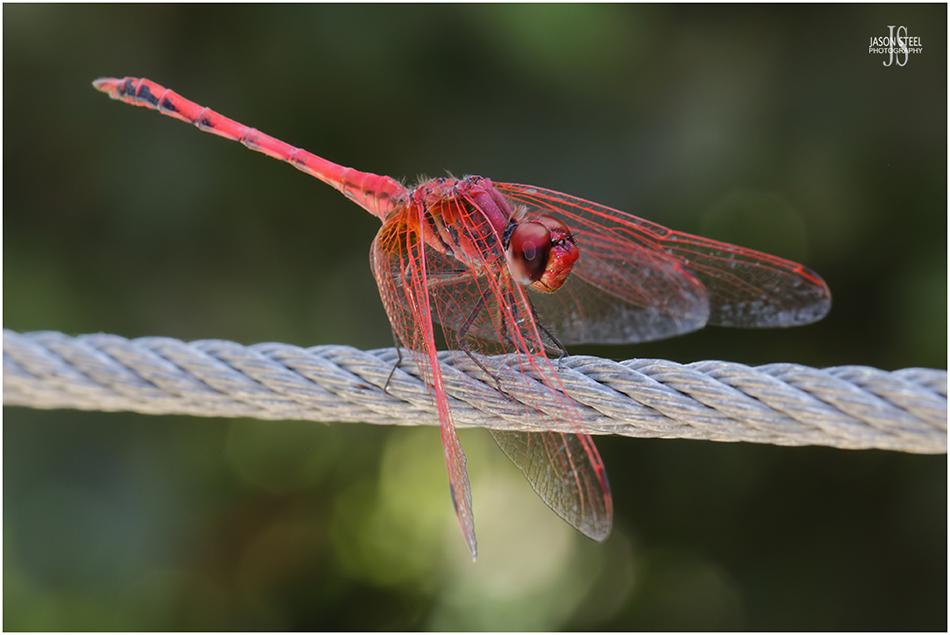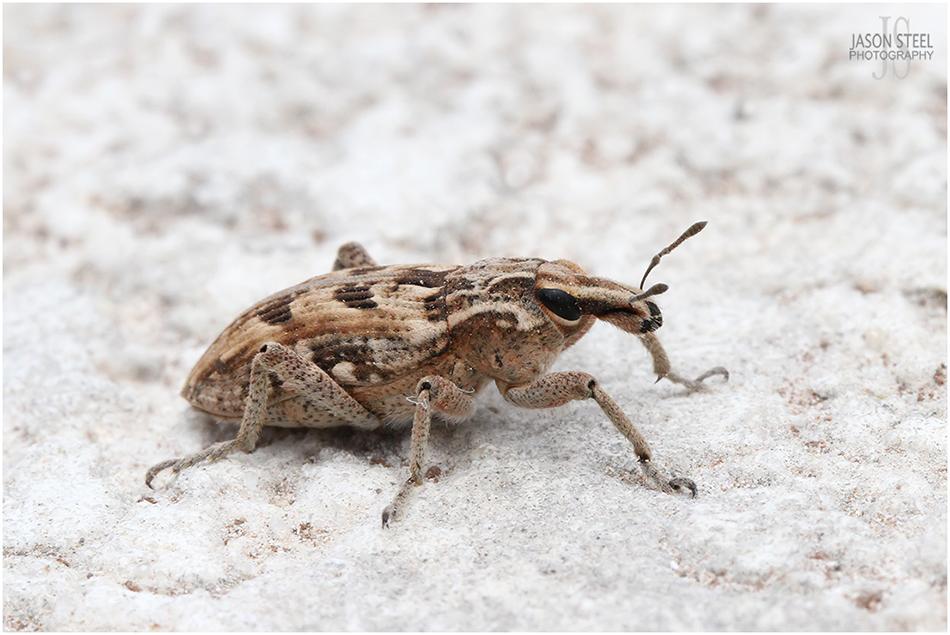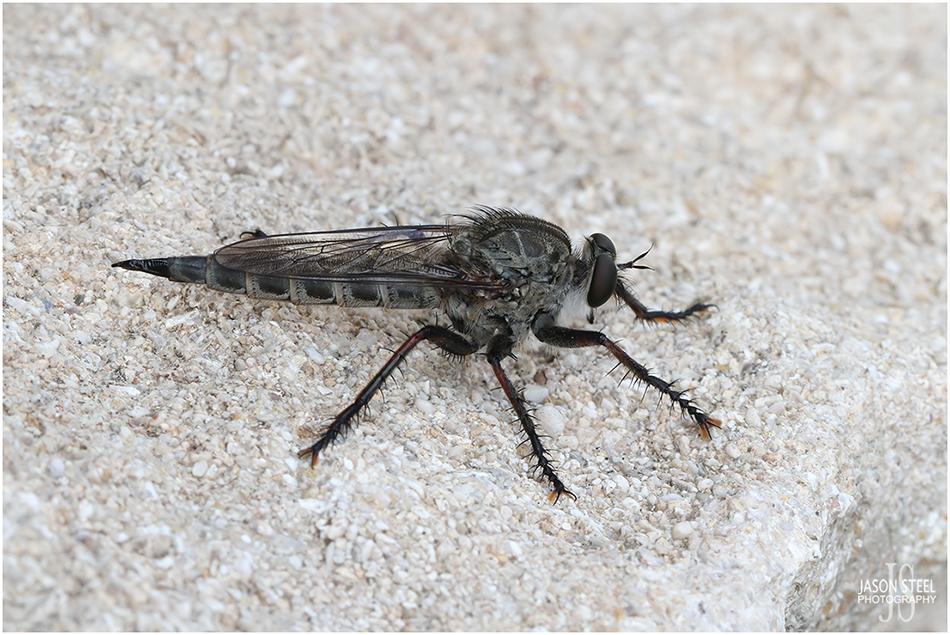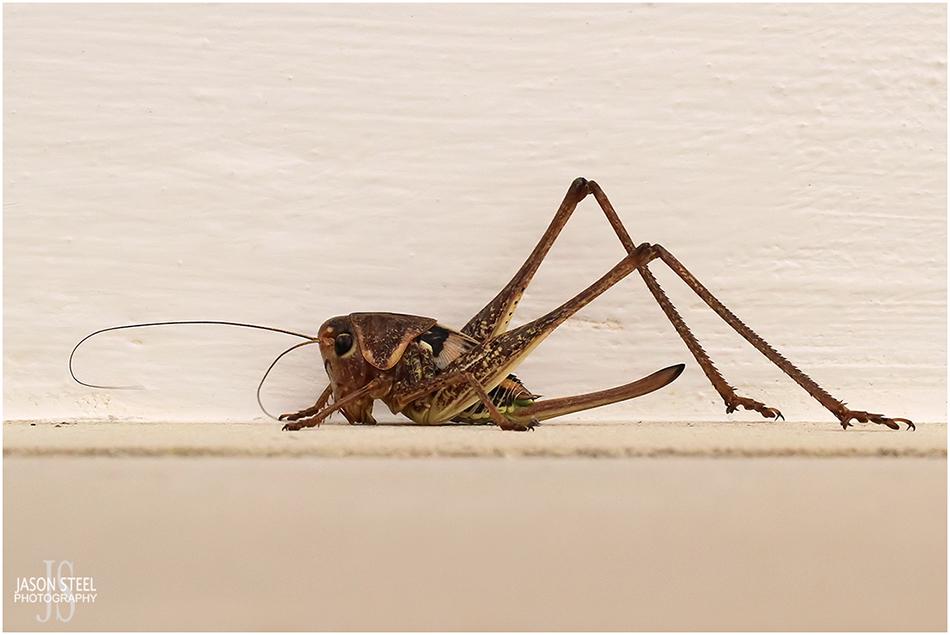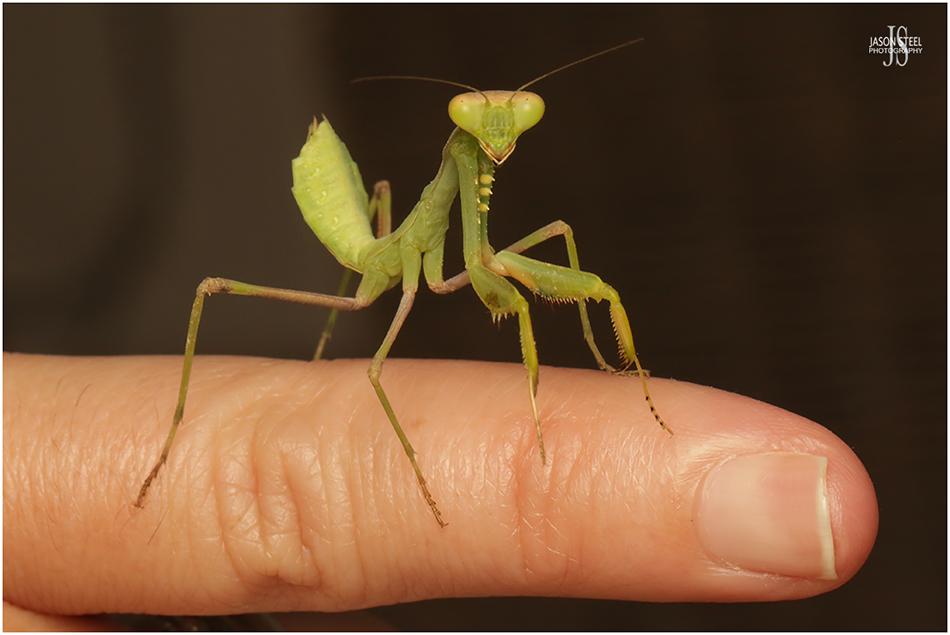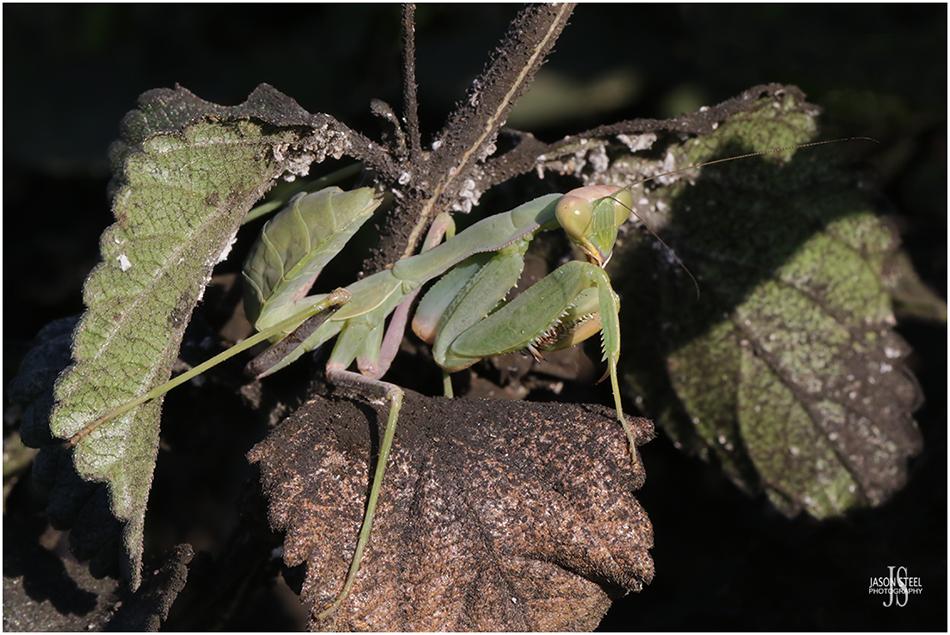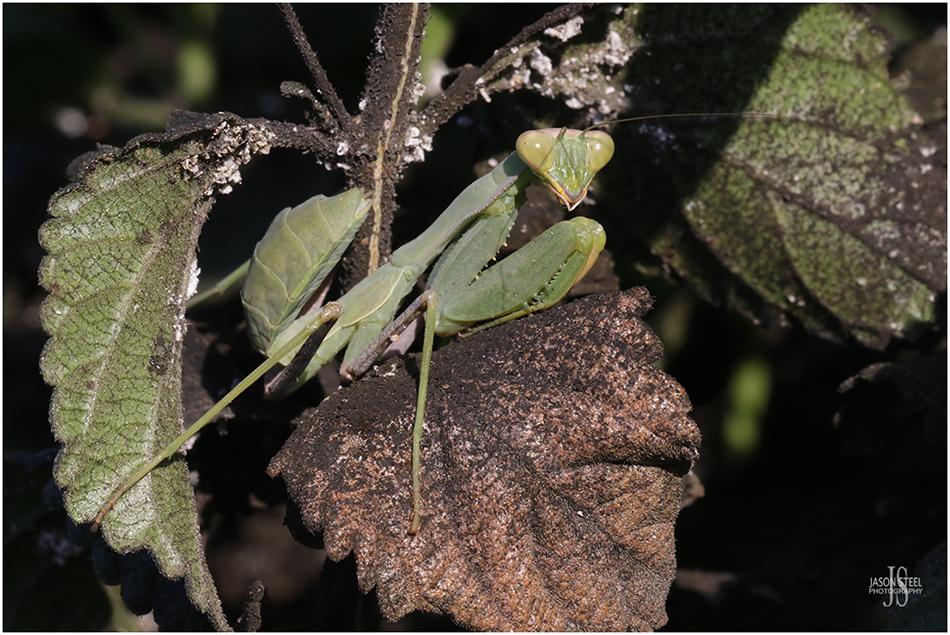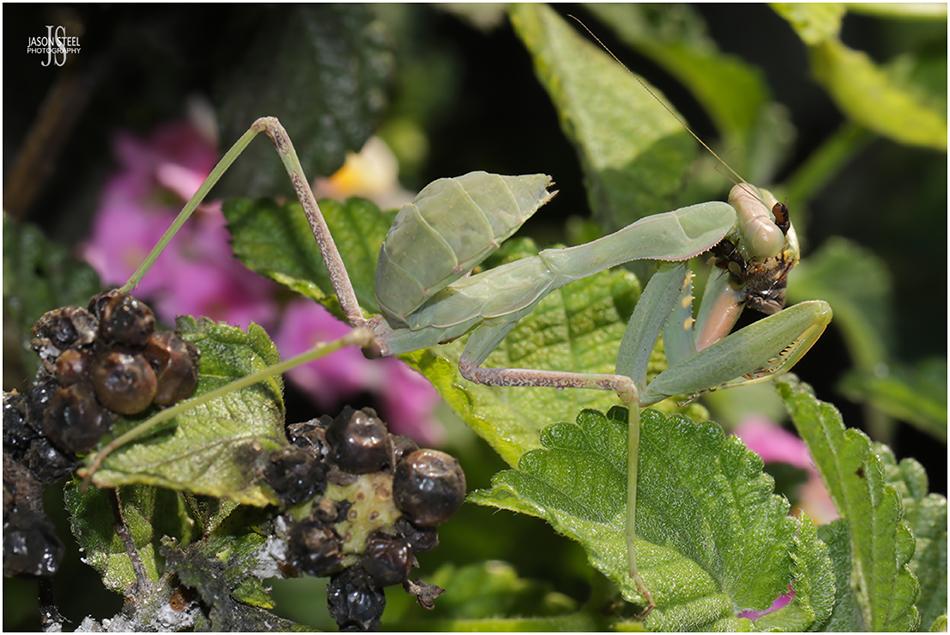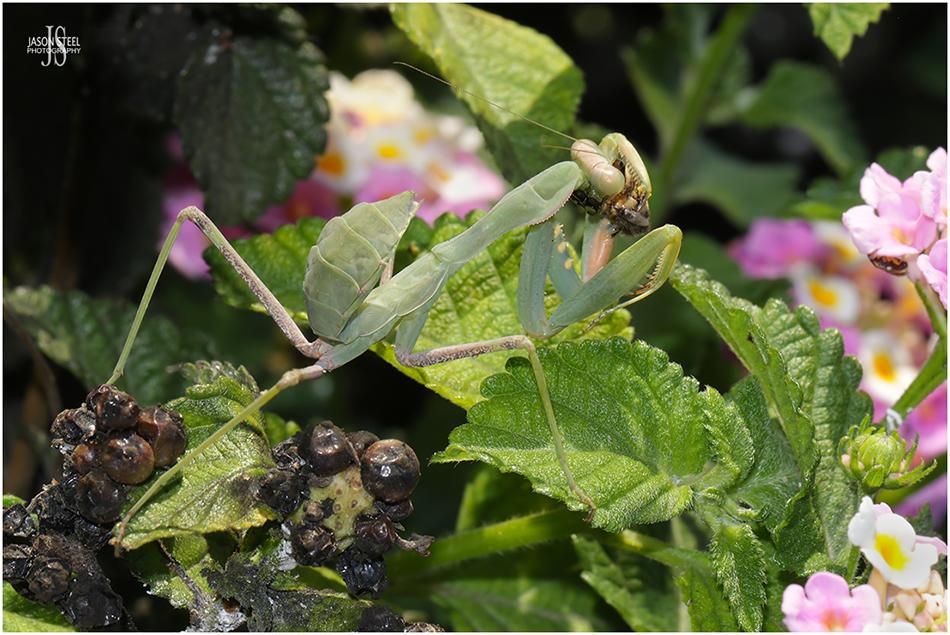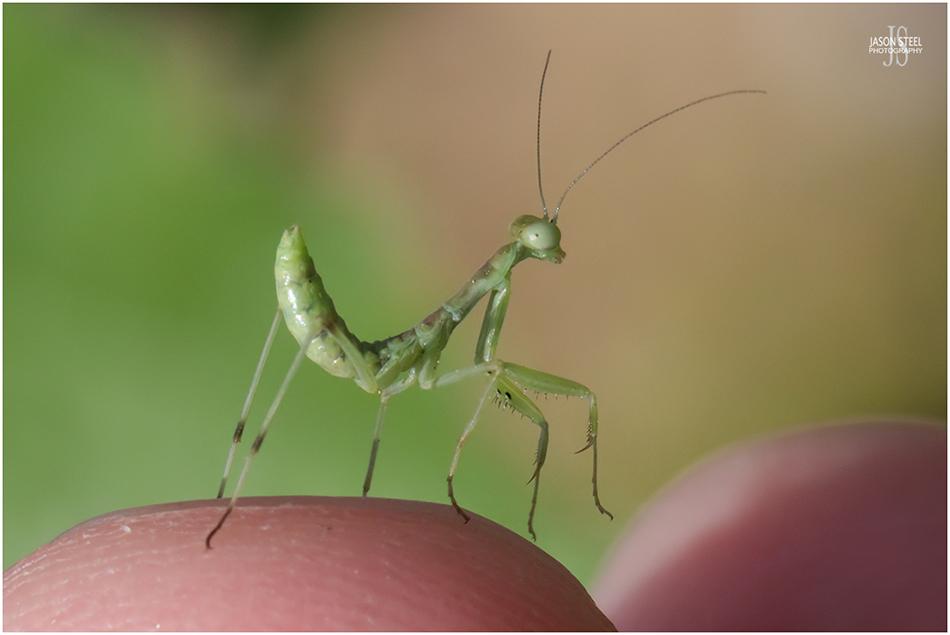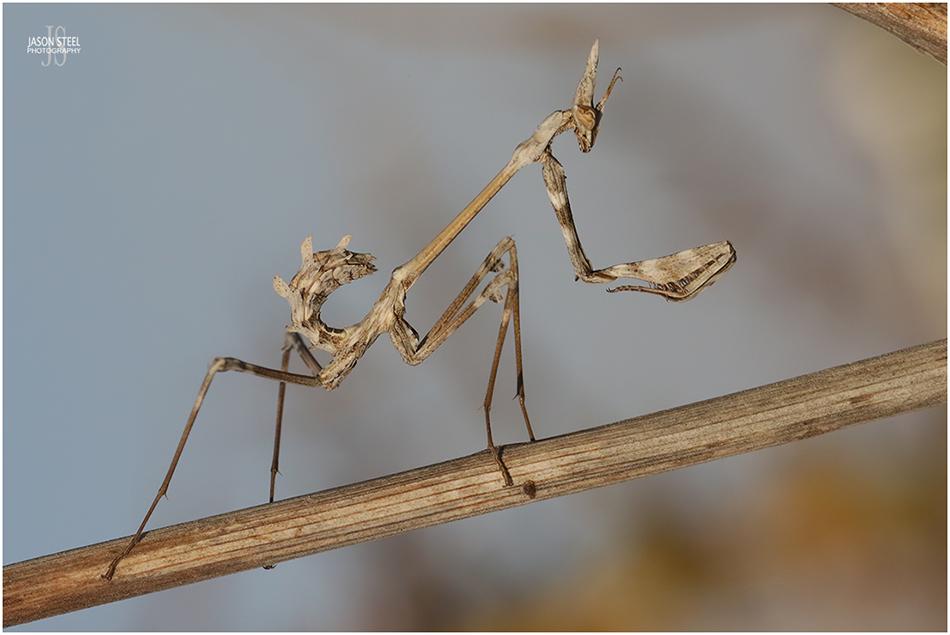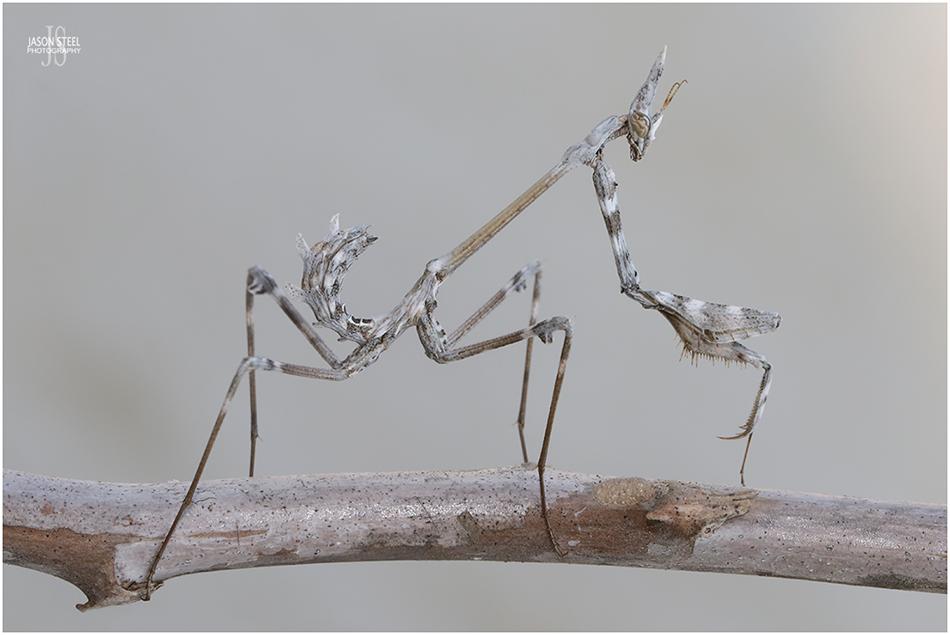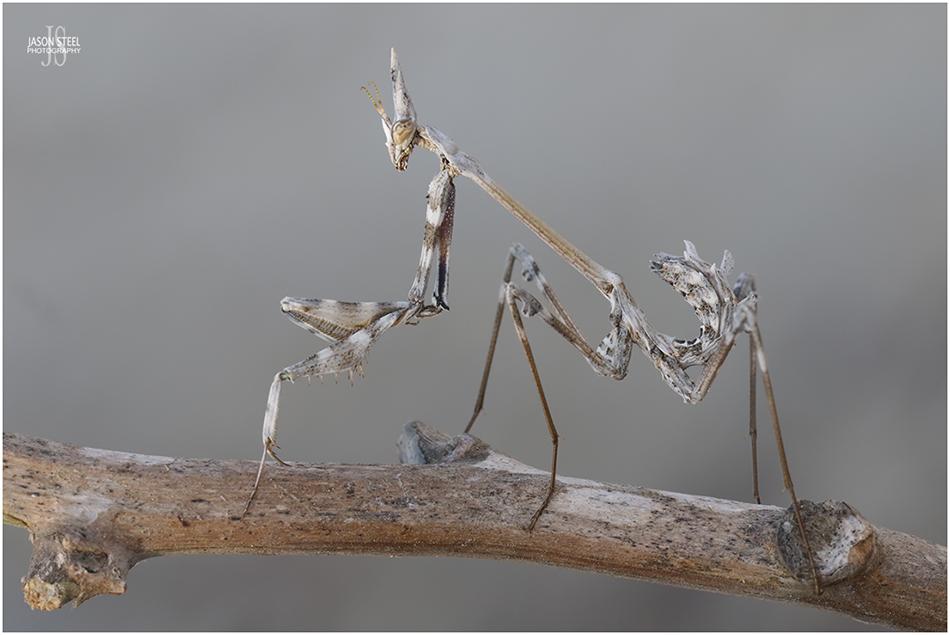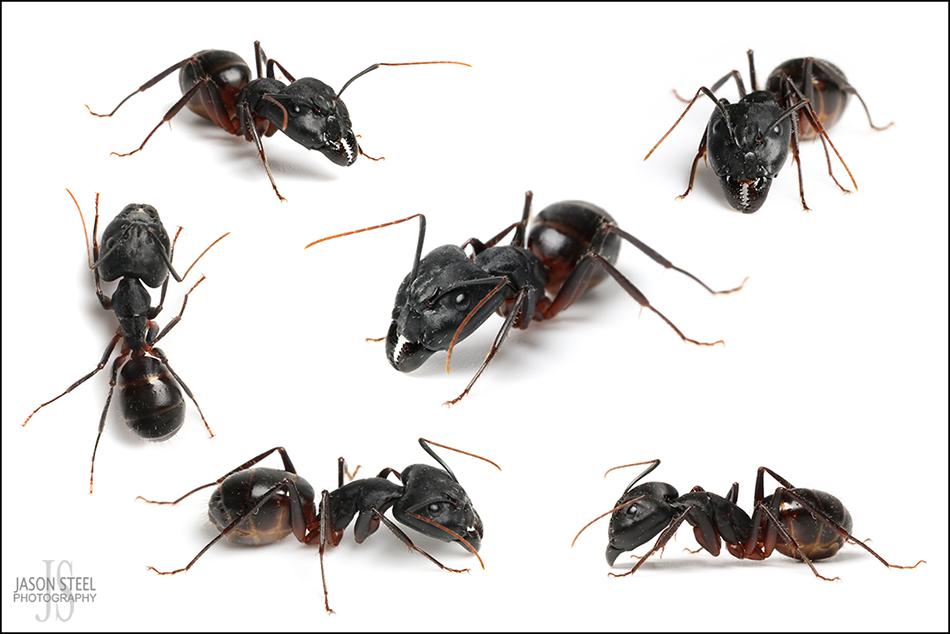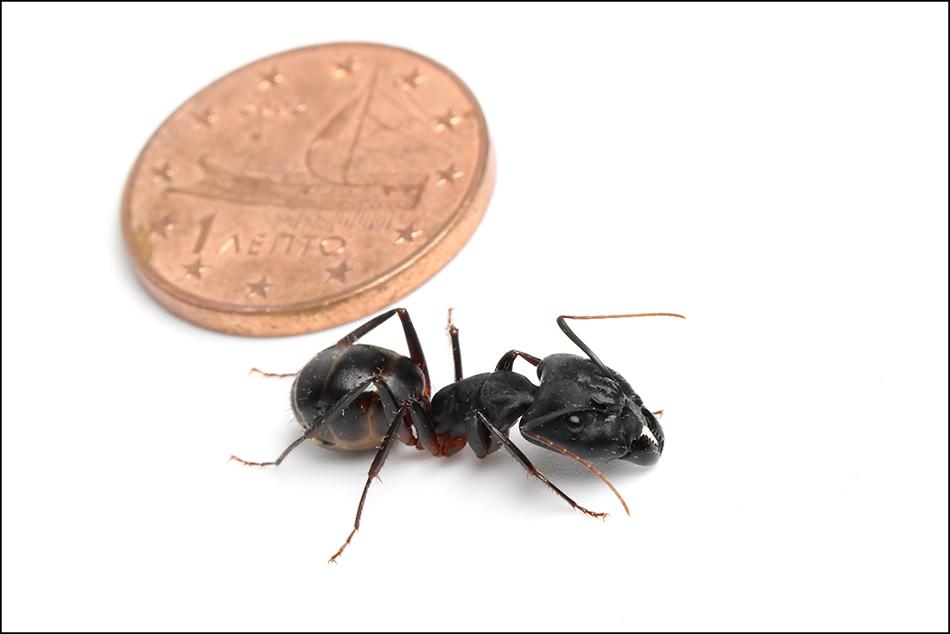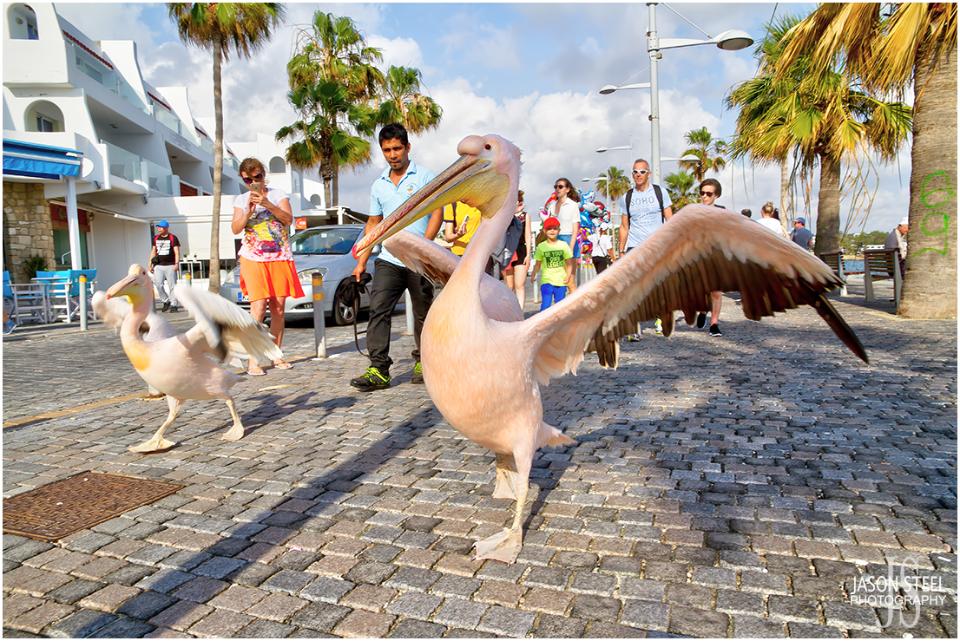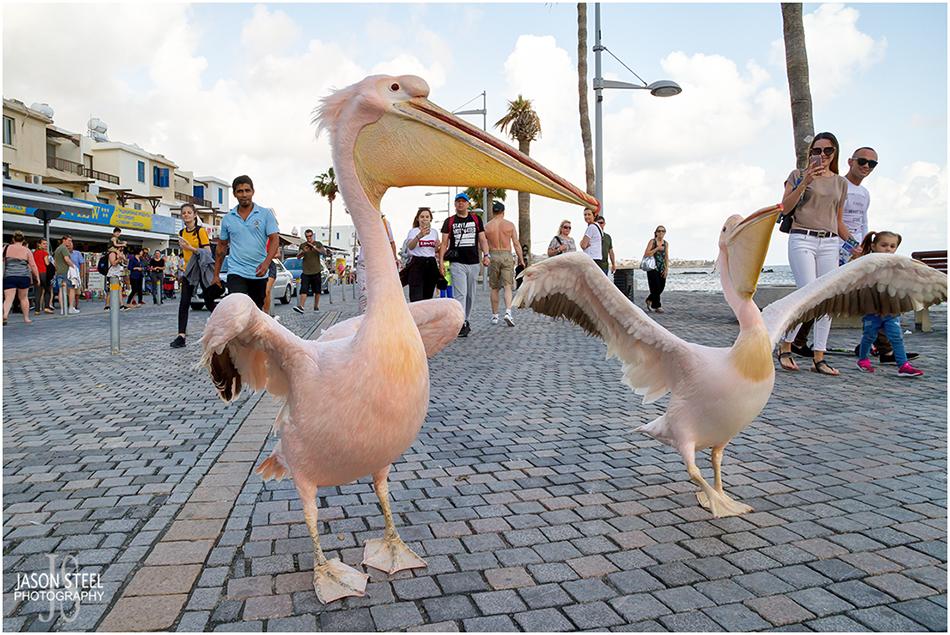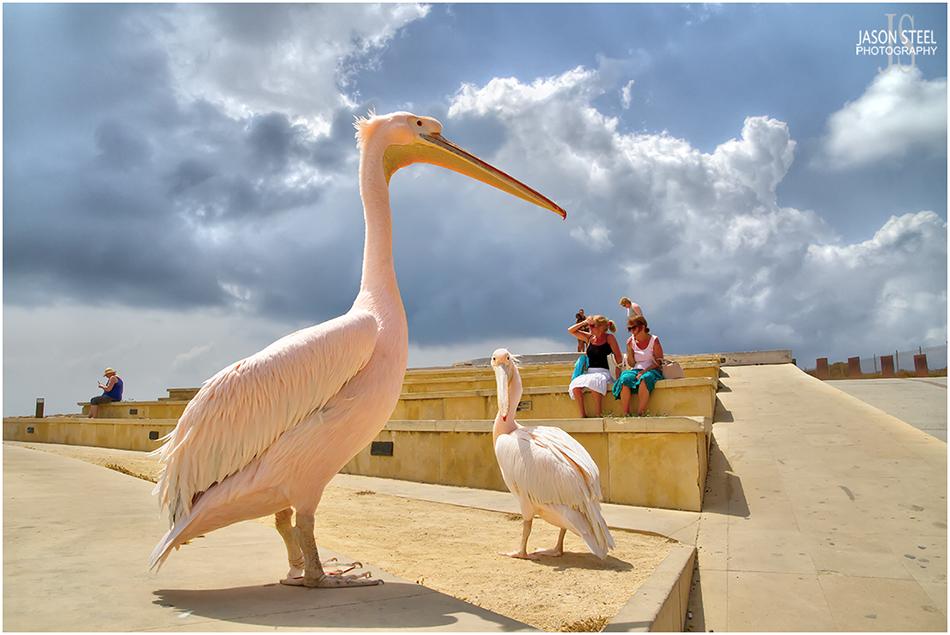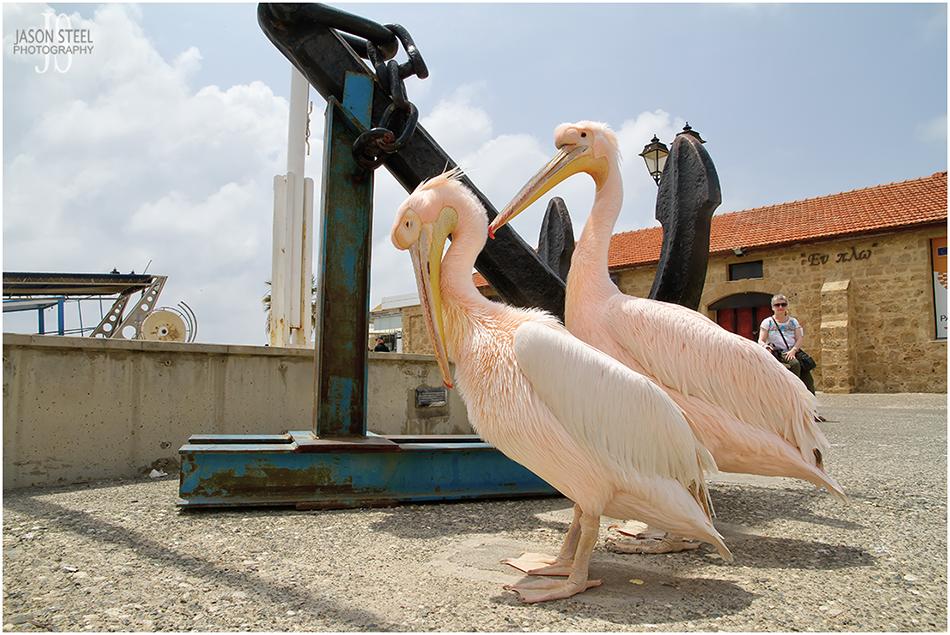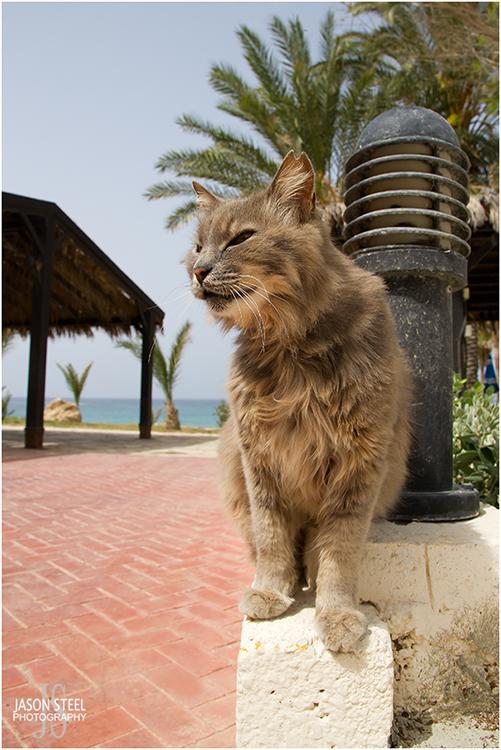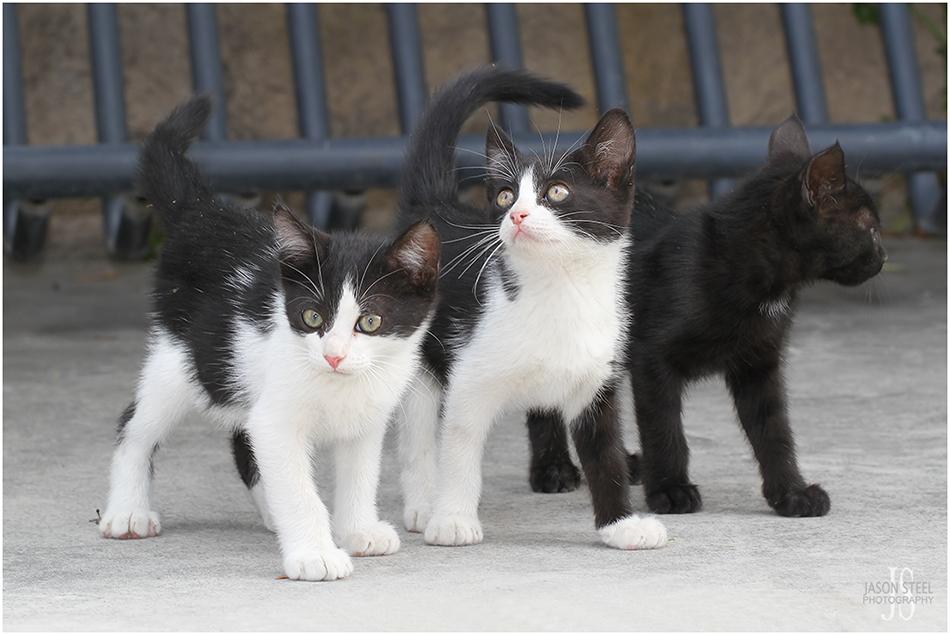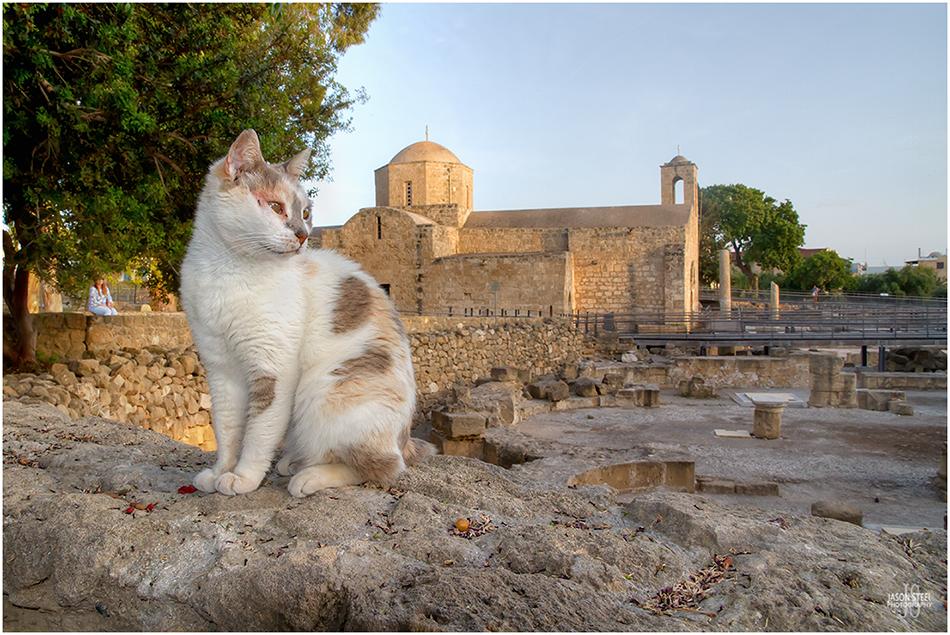40mm Fasciated Conehead Mantid nymph, Empusa fasciata, found in Paphos, September 2023.
Fasciated Conehead Mantid - (Empusa fasciata)
The Fasciated Conehead Mantid, Empusa fasciata, is a medium / large species of Praying Mantis. Adult males reach a typical body-length of around 50-70mm and the larger females reach around 60-80mm. Empusa fasciata occurs in the eastern Mediterranean regions, including Greece, Cyprus, Israel, Turkey, Romania, Ukraine, Italy and Bulgaria). It is also found in some parts of Asia. Empusa fasciata are highly variable in colour and can be found in varying shades of grey, brown, green or even red and pink.
Empusa fasciata is found in warm, dry habitats with low vegetation and scattered shrubs. South-facing slopes and woodland margins are also regularly used. Adults can be found in the spring and early summer, appearing from as early as March until May, and usually lasting until the end of June. Mating often occurs more than once but only one generation occurs each year. The eggs are usually laid, in April and May, in small packages, known as oothecae, that are fixed to low vegetation. One adult female produces between 1 - 3 oothecae, which can each contain up to 16 individual eggs. The larvae usually hatch after 2 - 3 weeks. The young nymphs are immediately predatory and self sufficient. Empusa fasciata are diurnal and primarily ambush predators. They often remain motionless on vegetation, relying heavily on their excellent camouflage. When other invertebrates, often flying insects, come within range the mantis strikes with its powerful forearms and catches its prey. Flying insects such as bees, flies and craneflies, are often caught in mid-air. After a winter diapause the nymphs emerge once again in the spring, to complete their final moult and become adults. Adults are fully winged and capable of flight, although neither sex are very strong fliers.
Adult male
Empusa fasciata have wings that extend beyond their abdomen, and they can be identified by their long
bipectinate antennae. Adult females have long wings and short, thin antennae. This link shows the bipectinate antennae of the adult male
Empusa fasciata -
LINK
Empusa fasciata are often preyed upon by lizards, birds, shrews and at night by bats. Their name originates from the ancient Greek Έμπουσα / Empusa, who in Greek mythology was a hideous ghost who fed upon human flesh.
The closely related species, Empusa pennata, is visually identical but is found in the western Mediterranean area from the Iberian Peninsula to France and Italy, and in North Africa.
Praying Mantis are often kept as pets in the exotic pet trade but Empusa fasciata tend to be regarded as very difficult to rear in captivity, and are certainly not a species to be kept by beginners.
